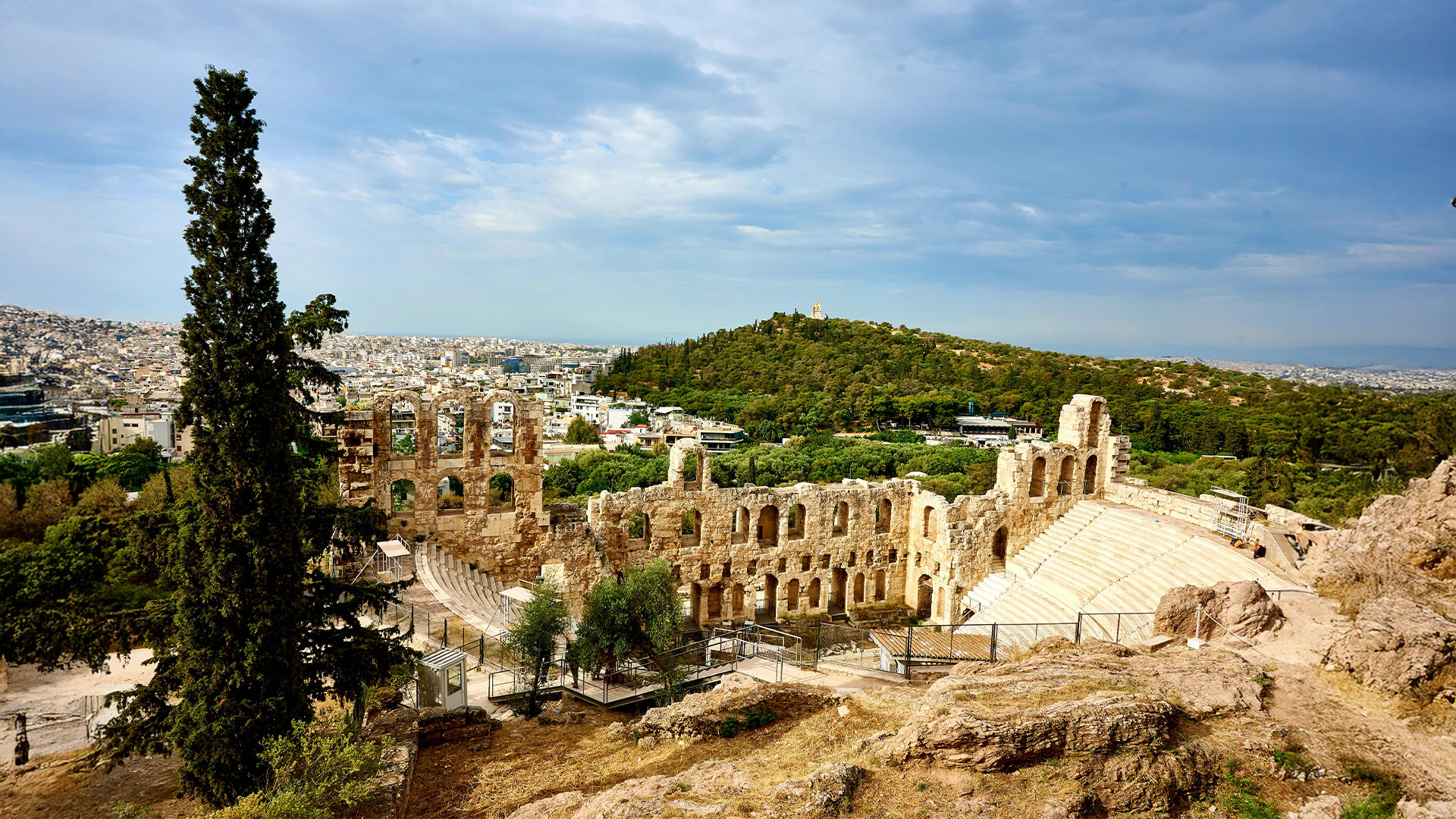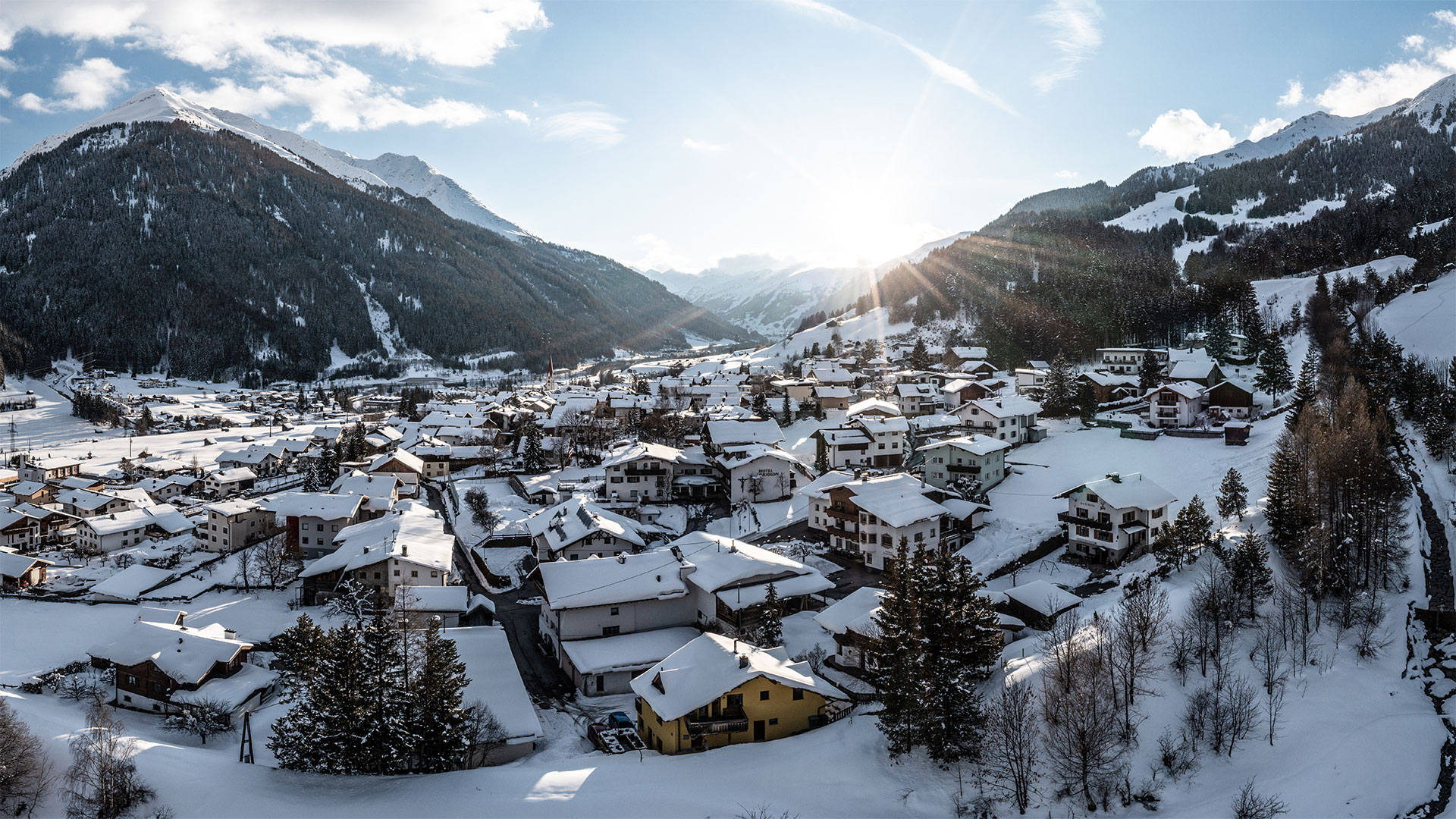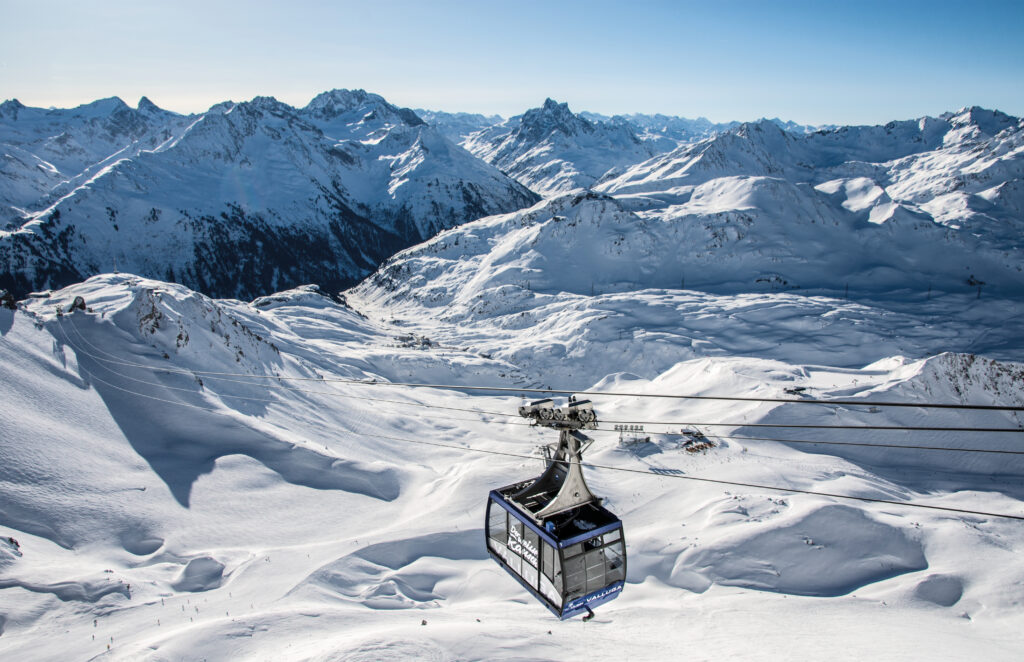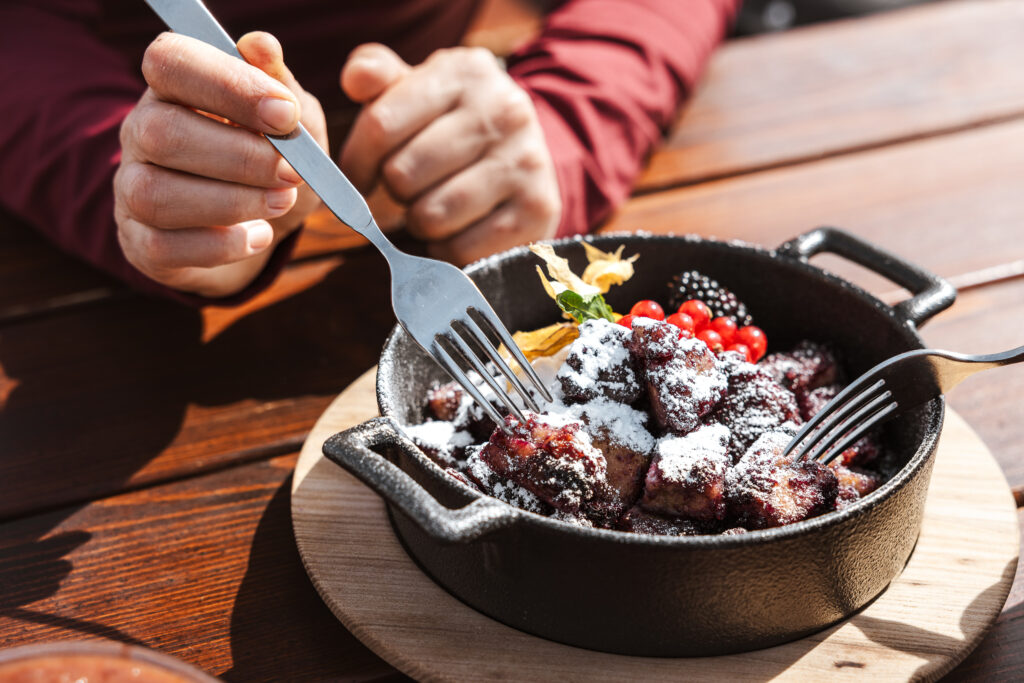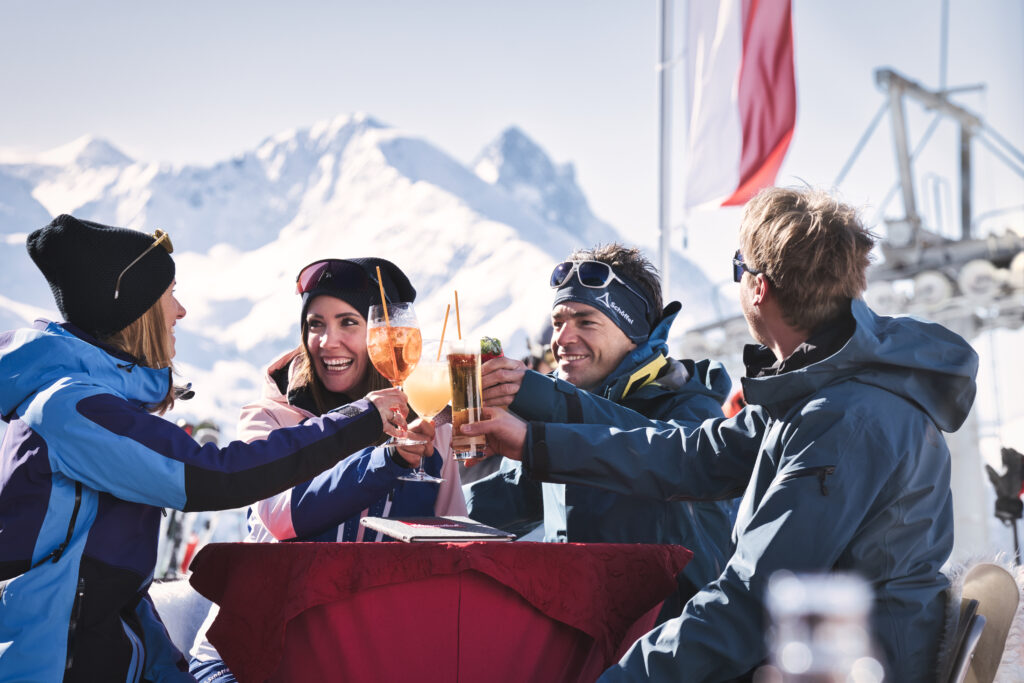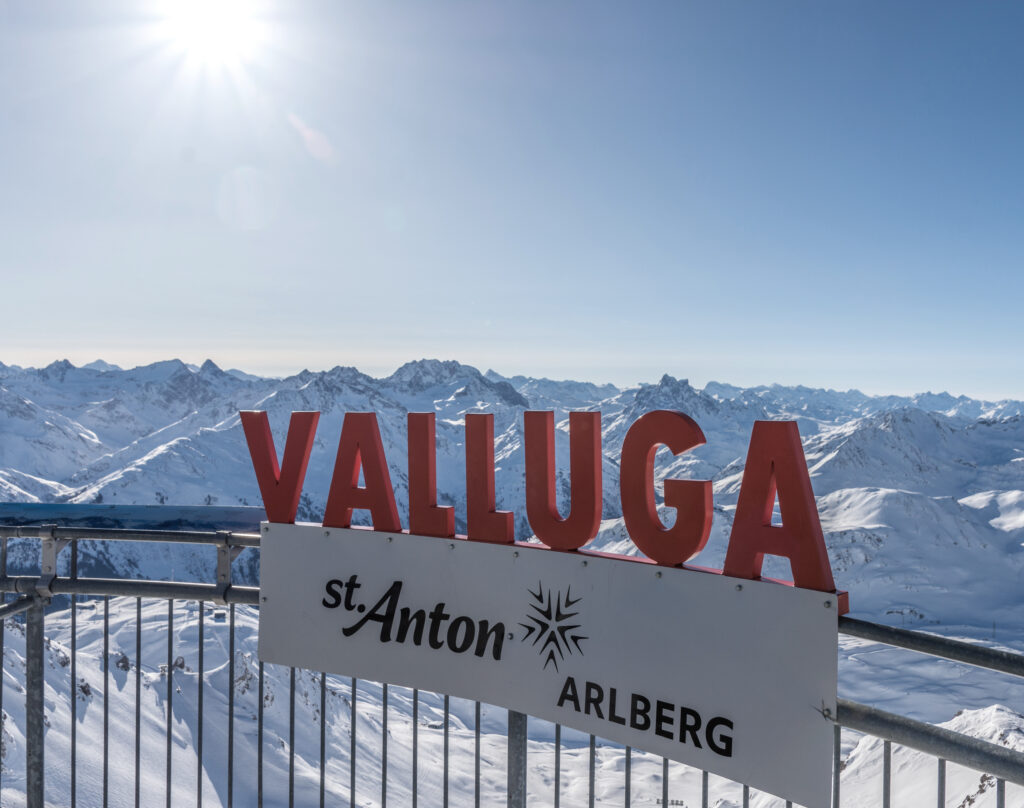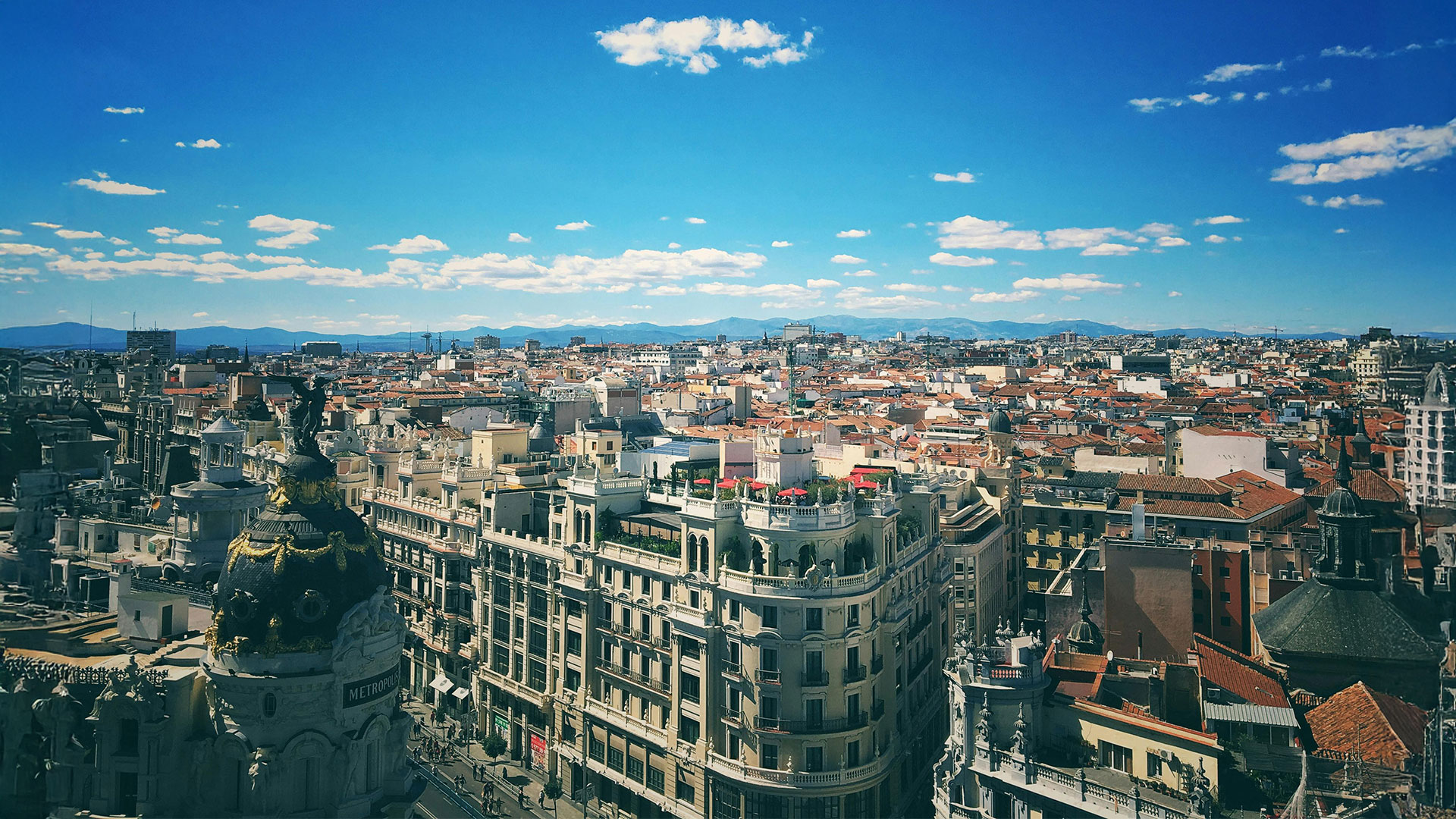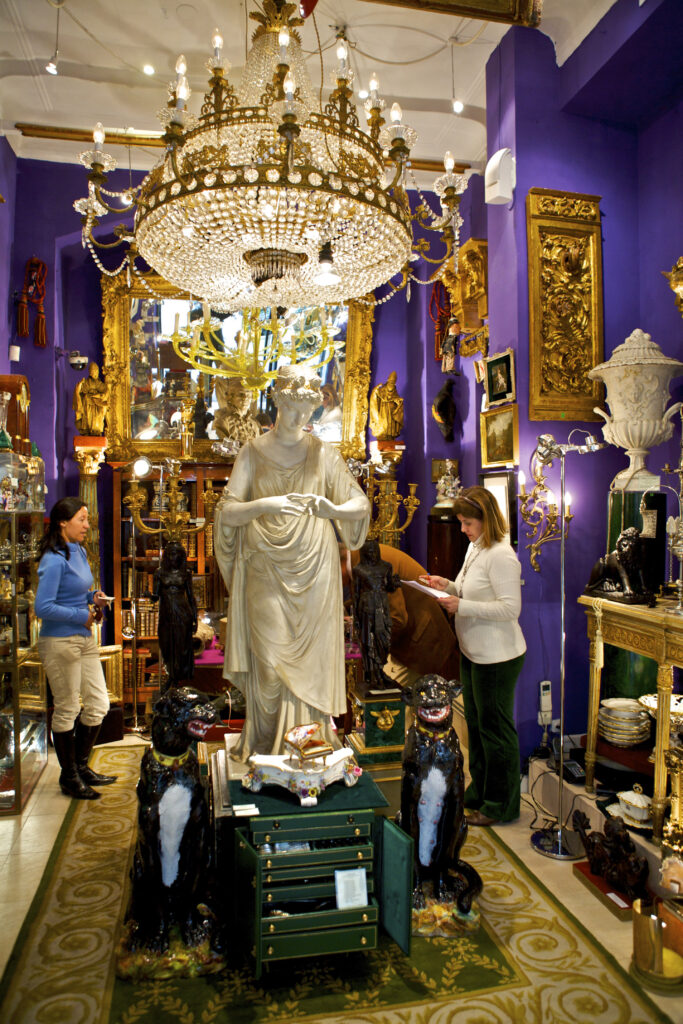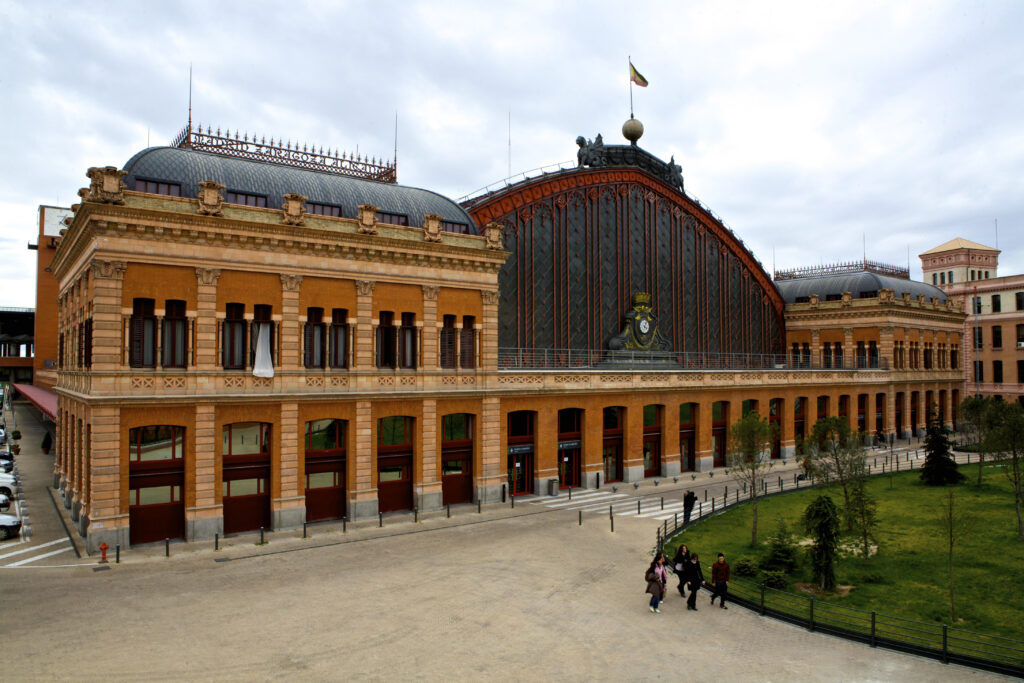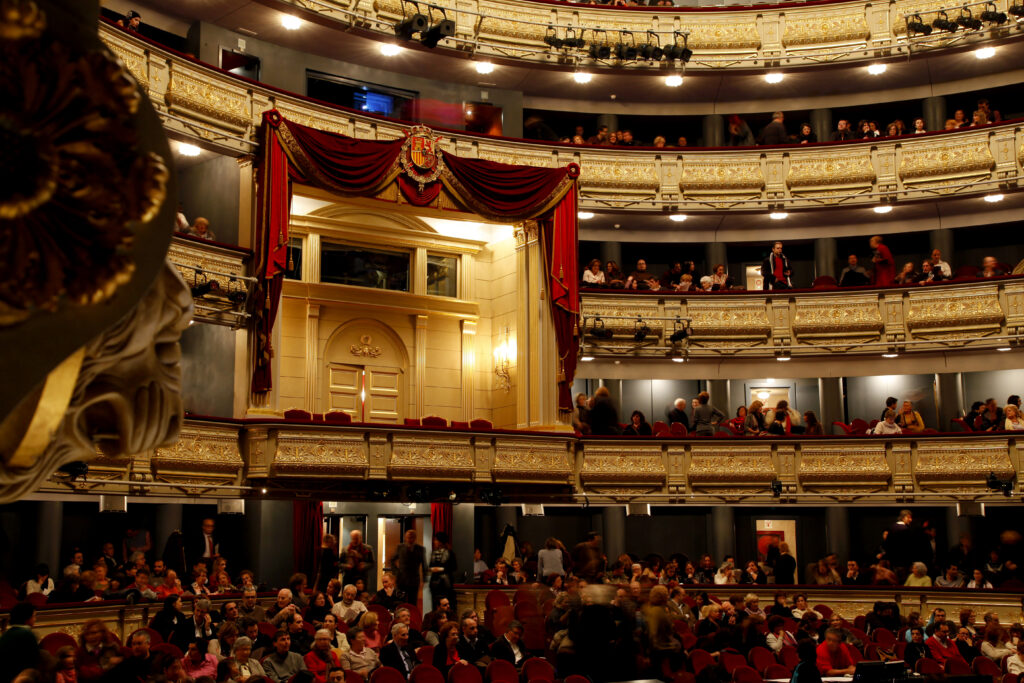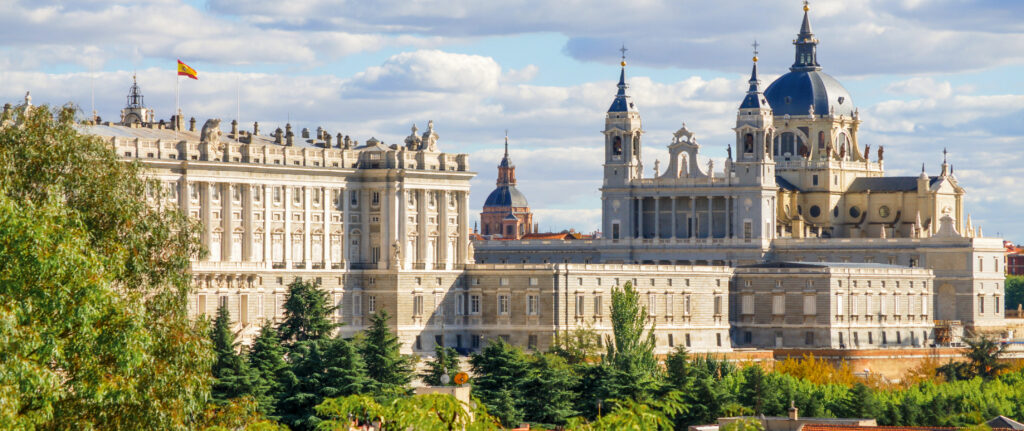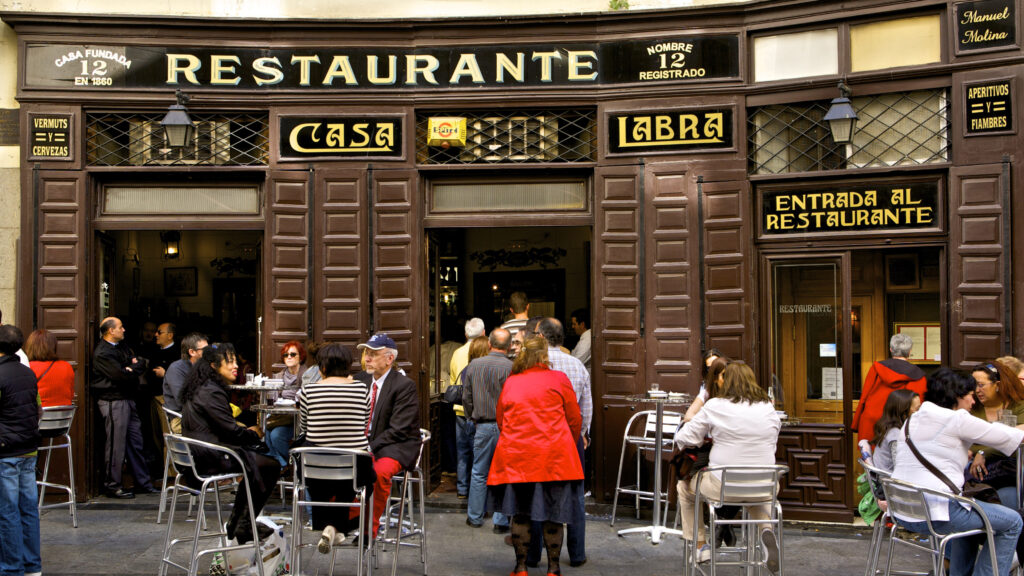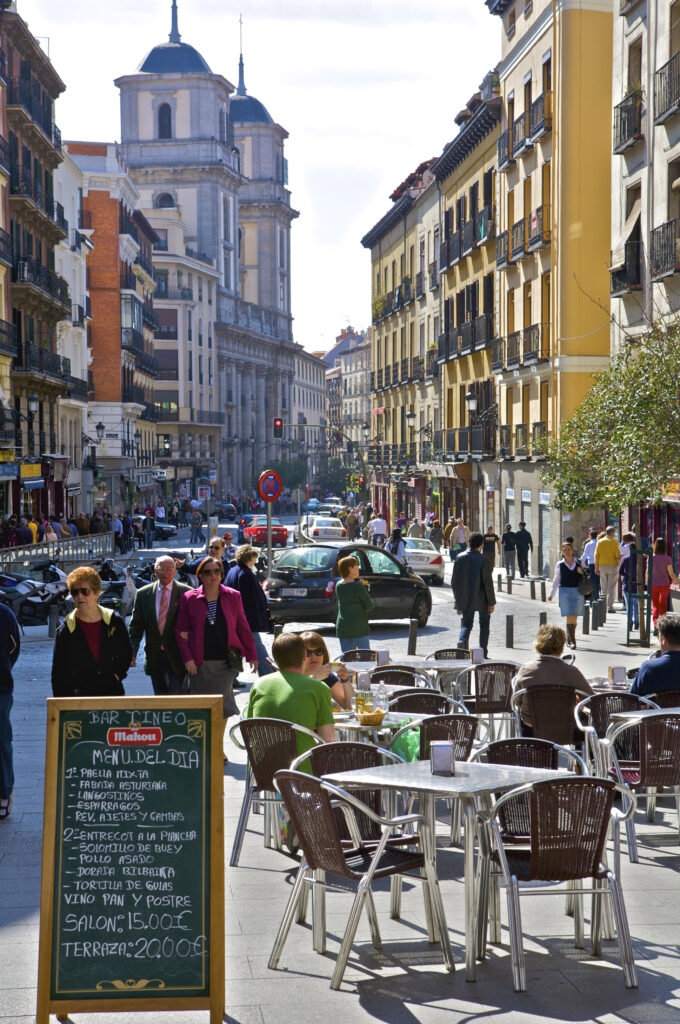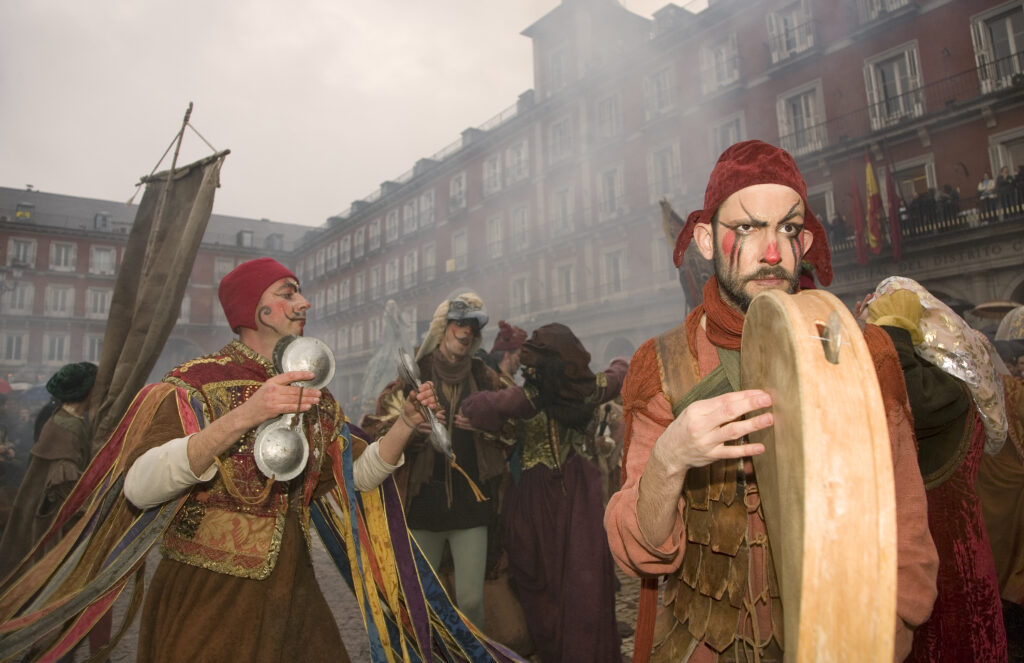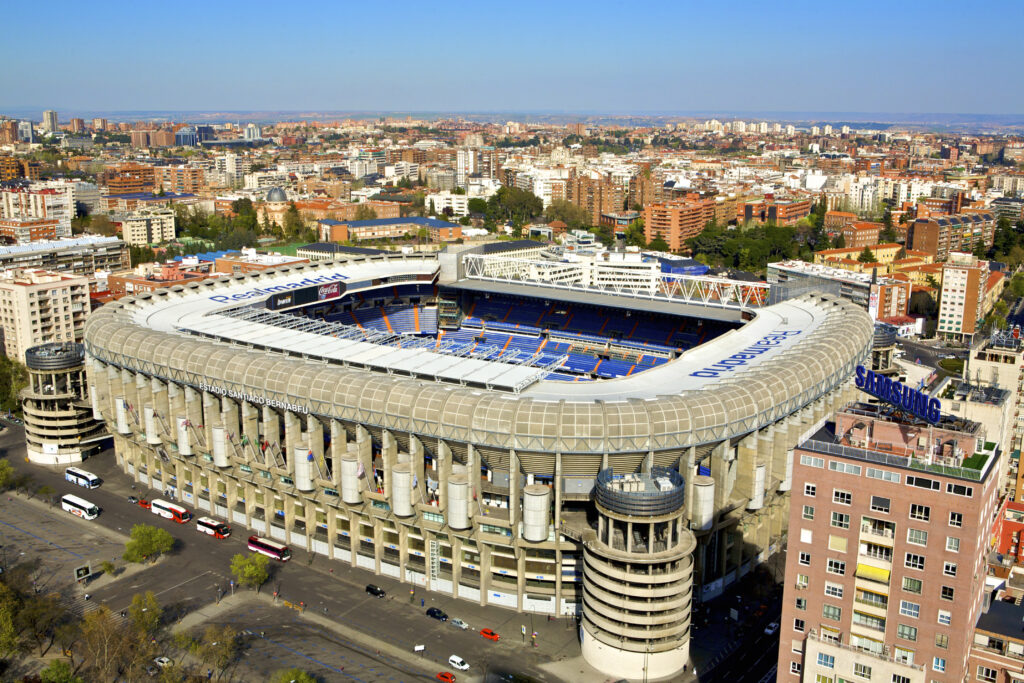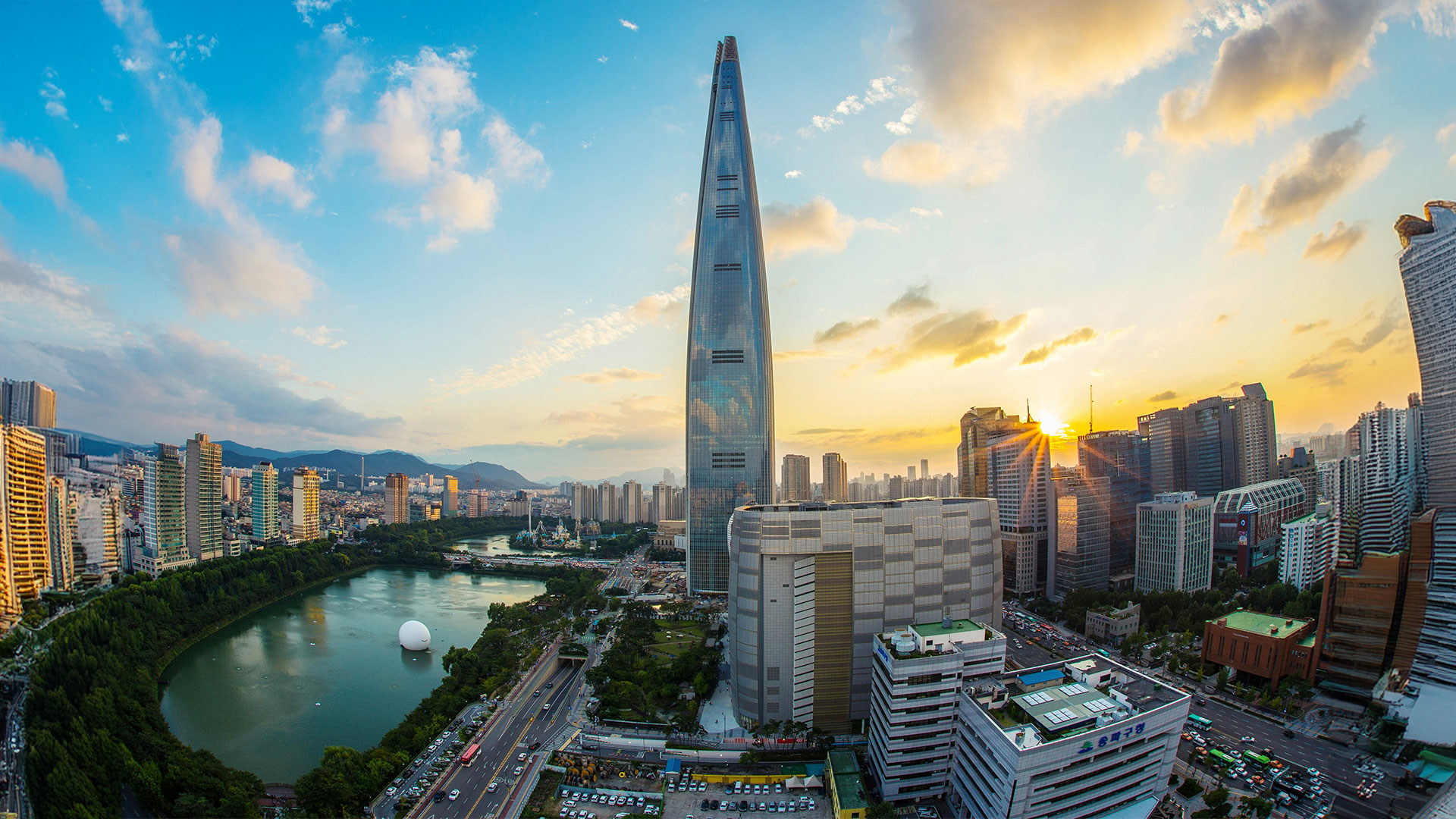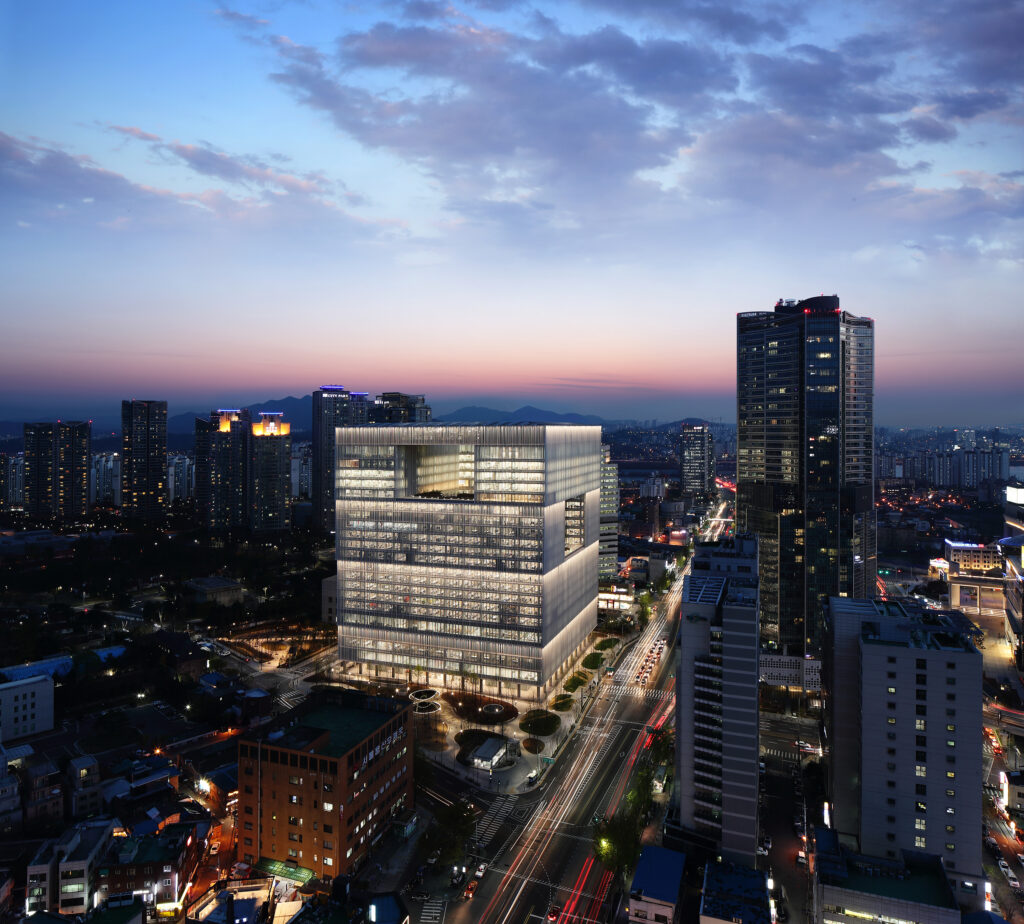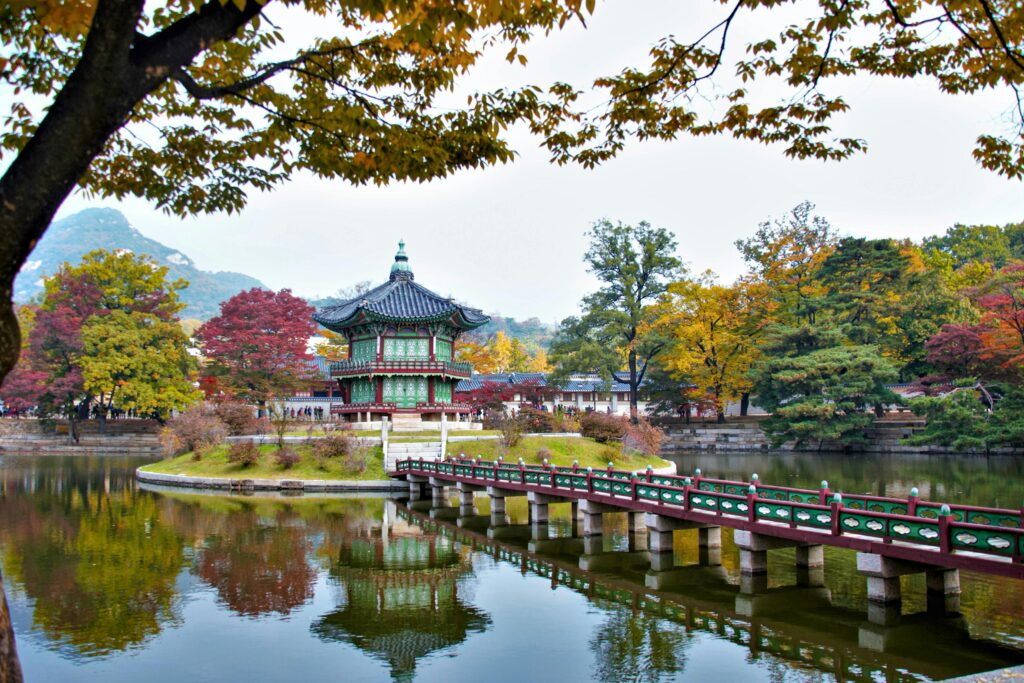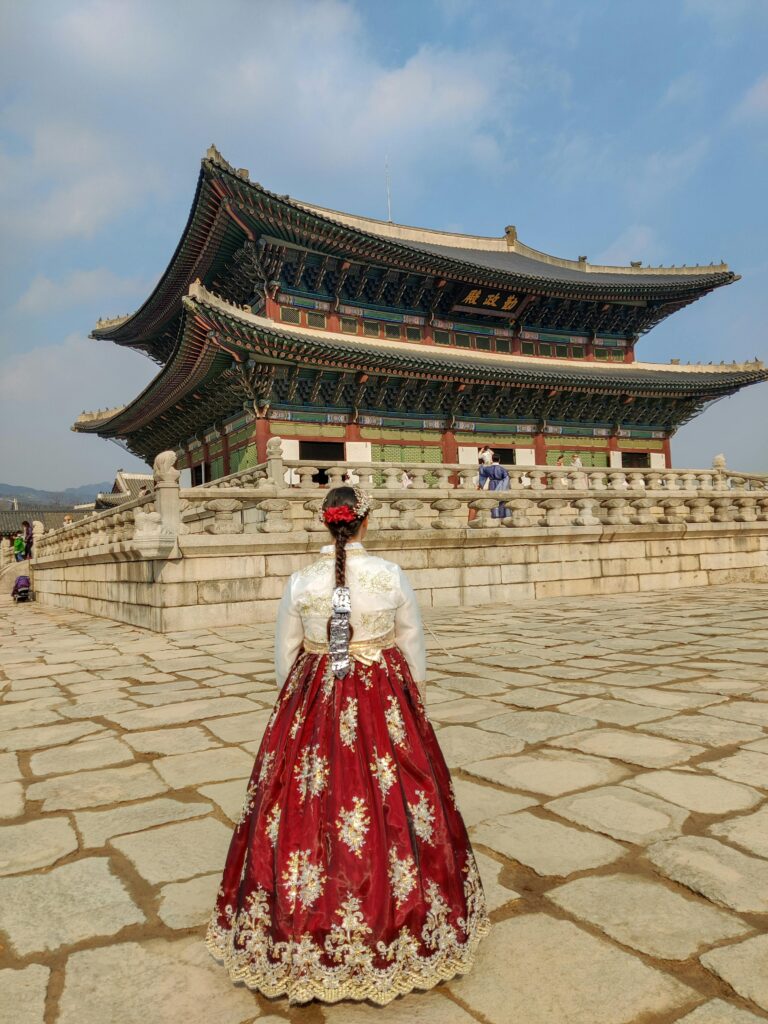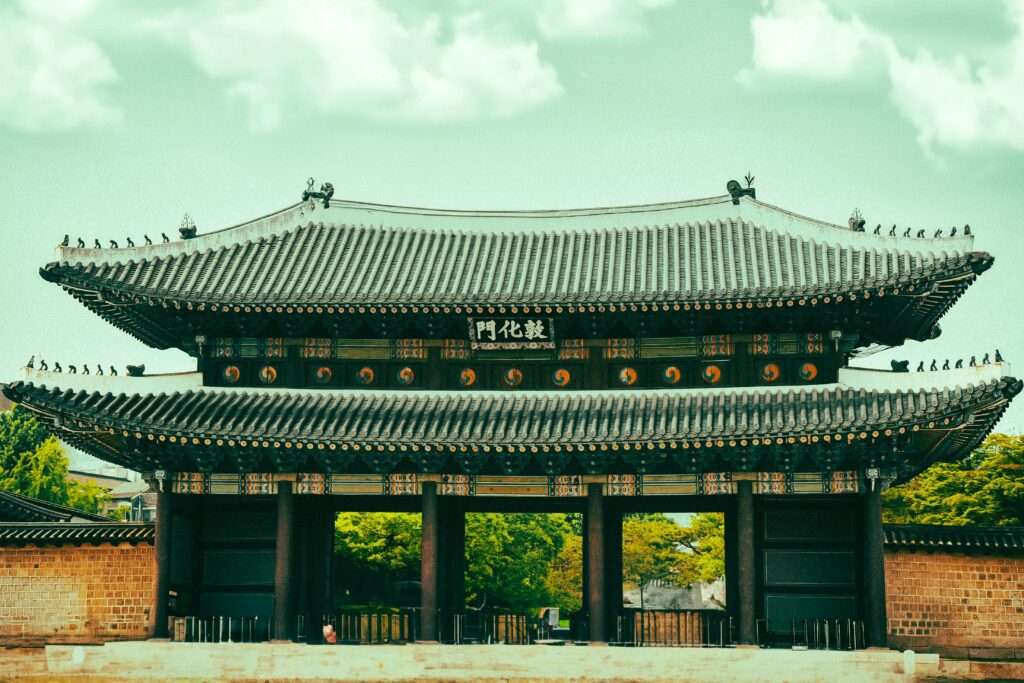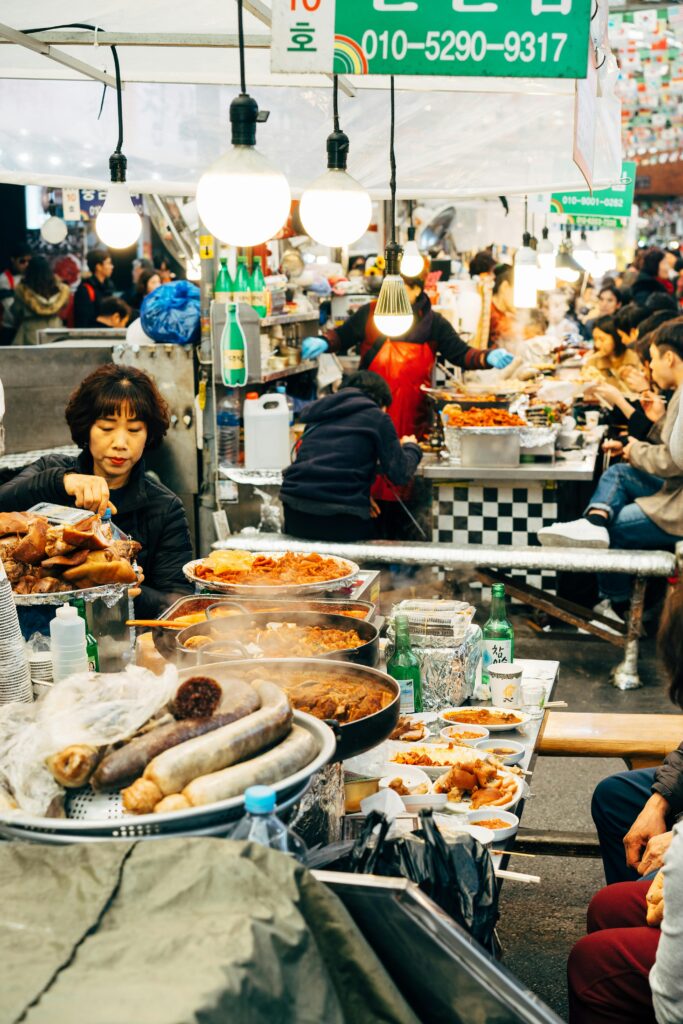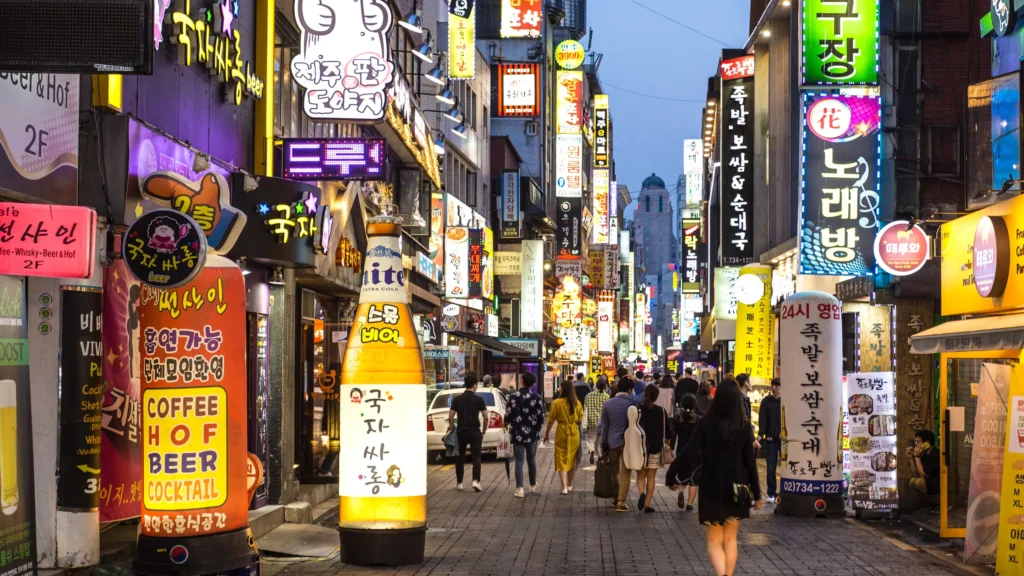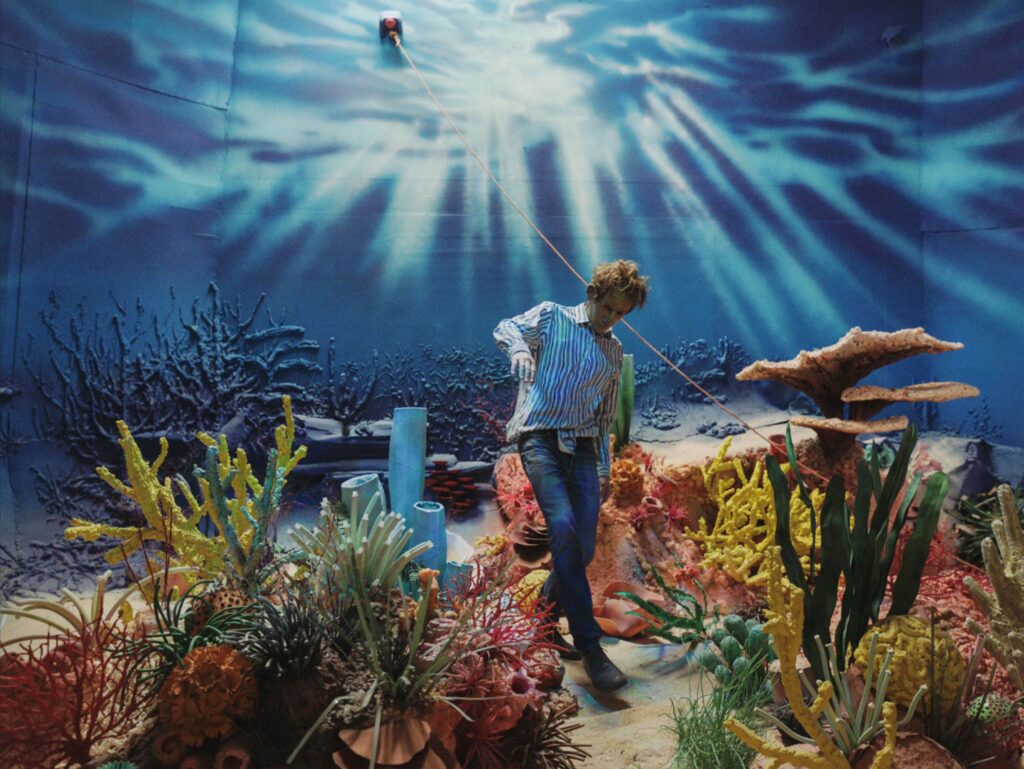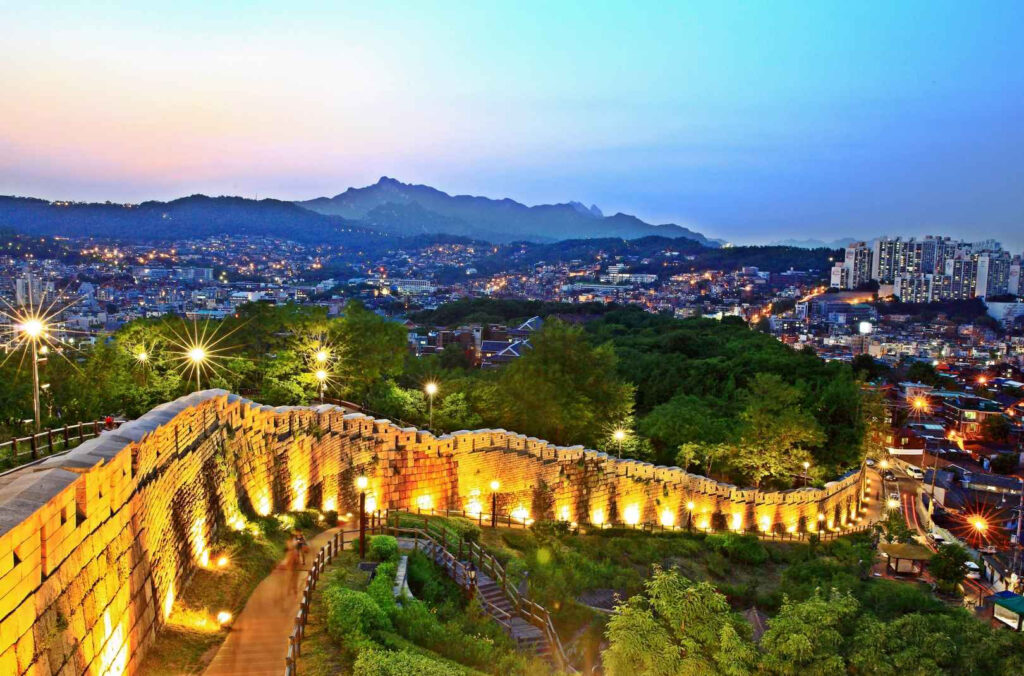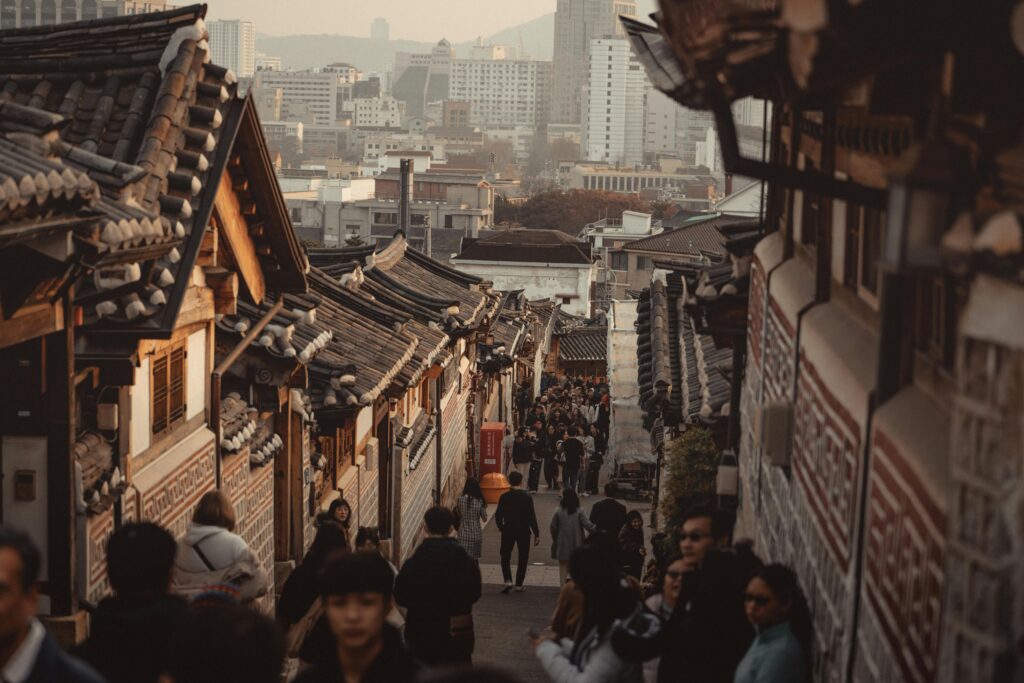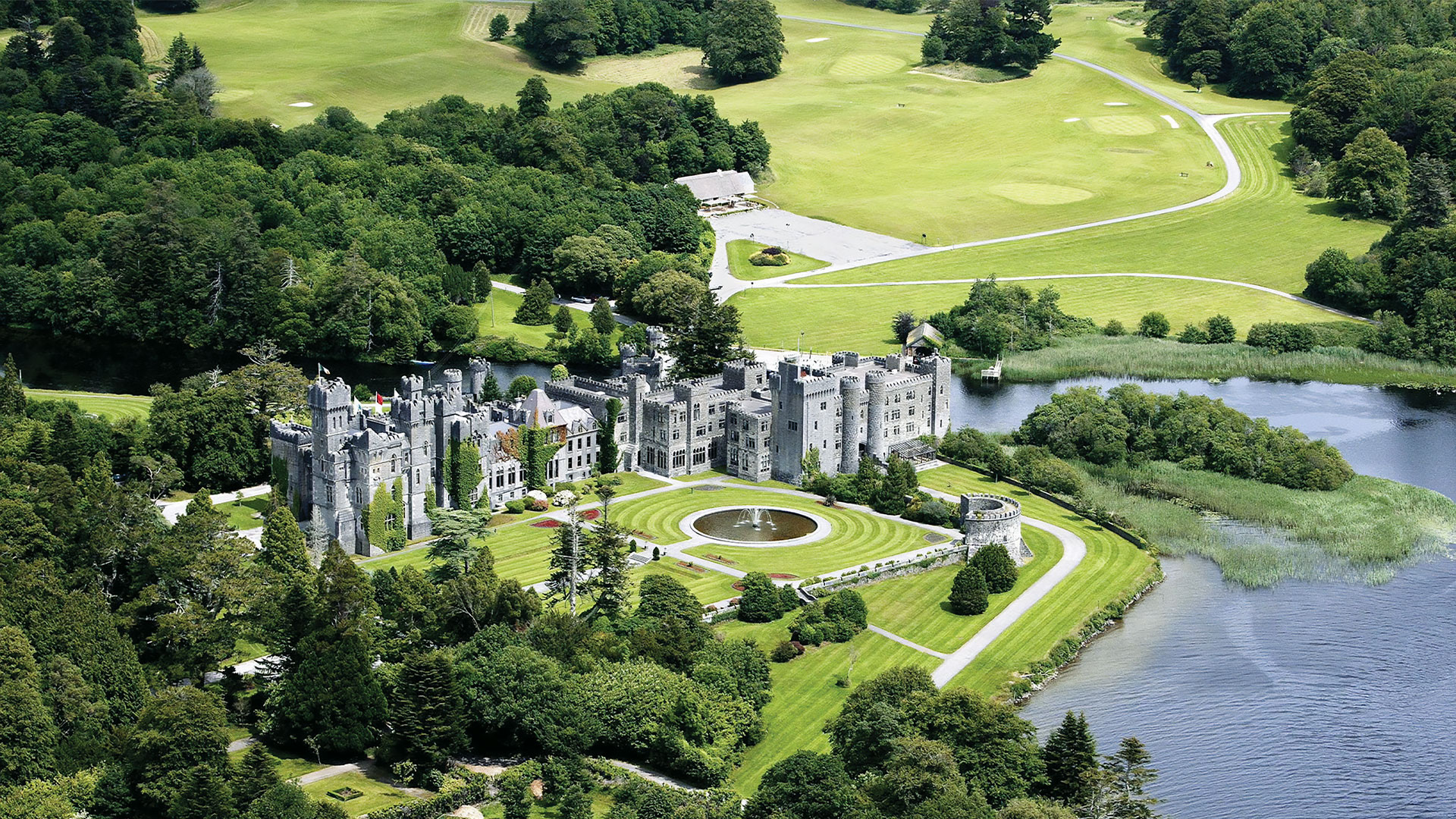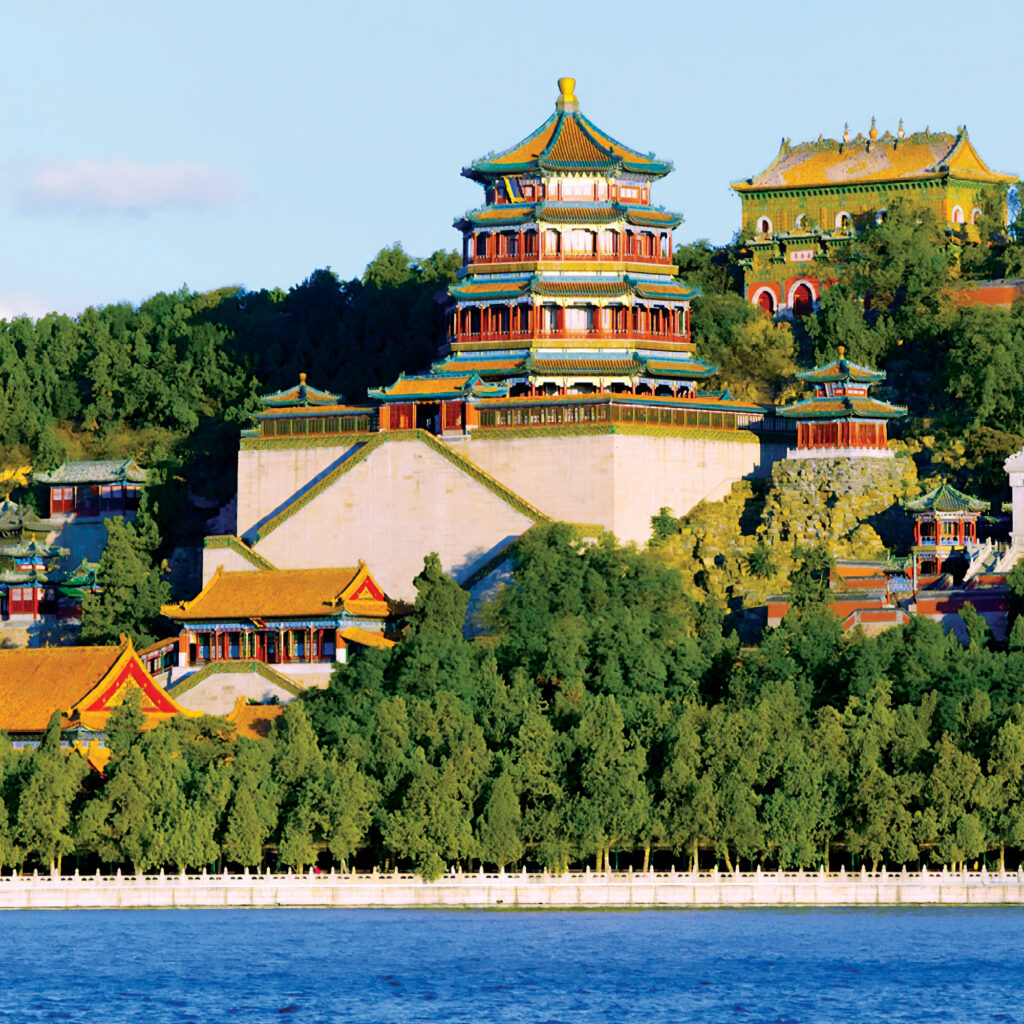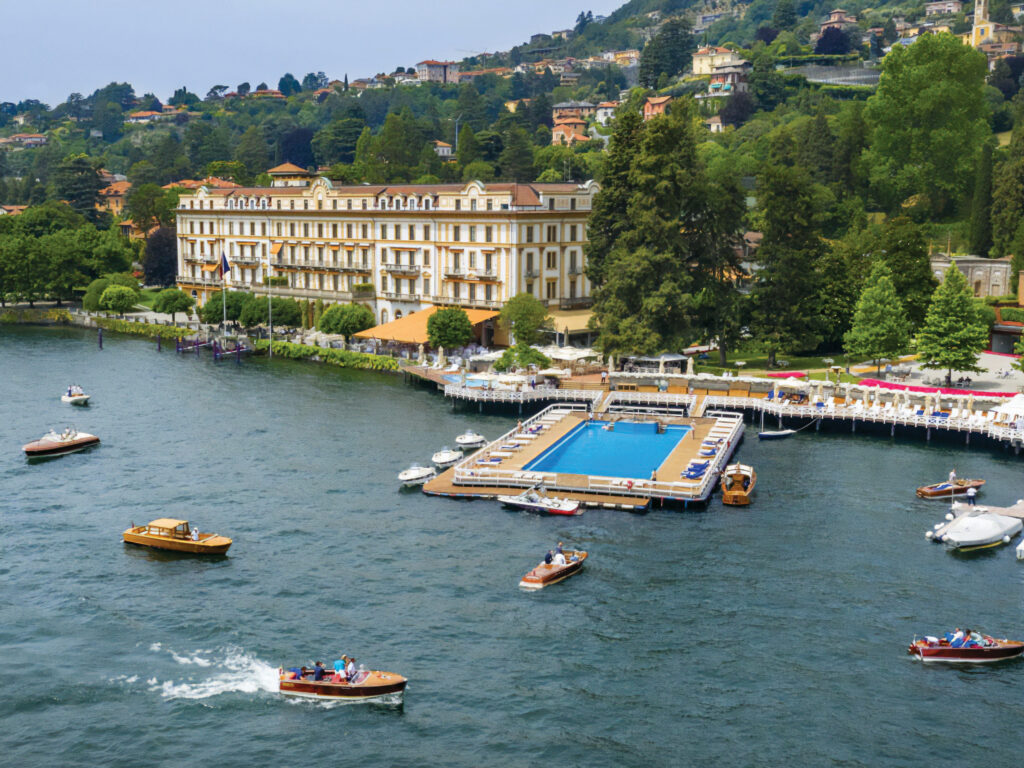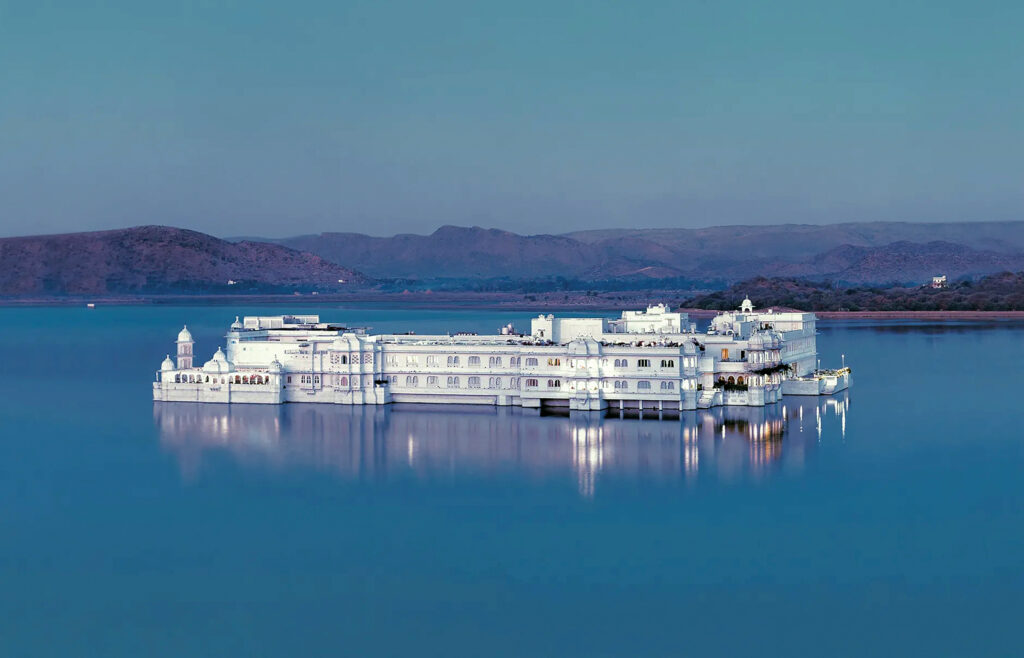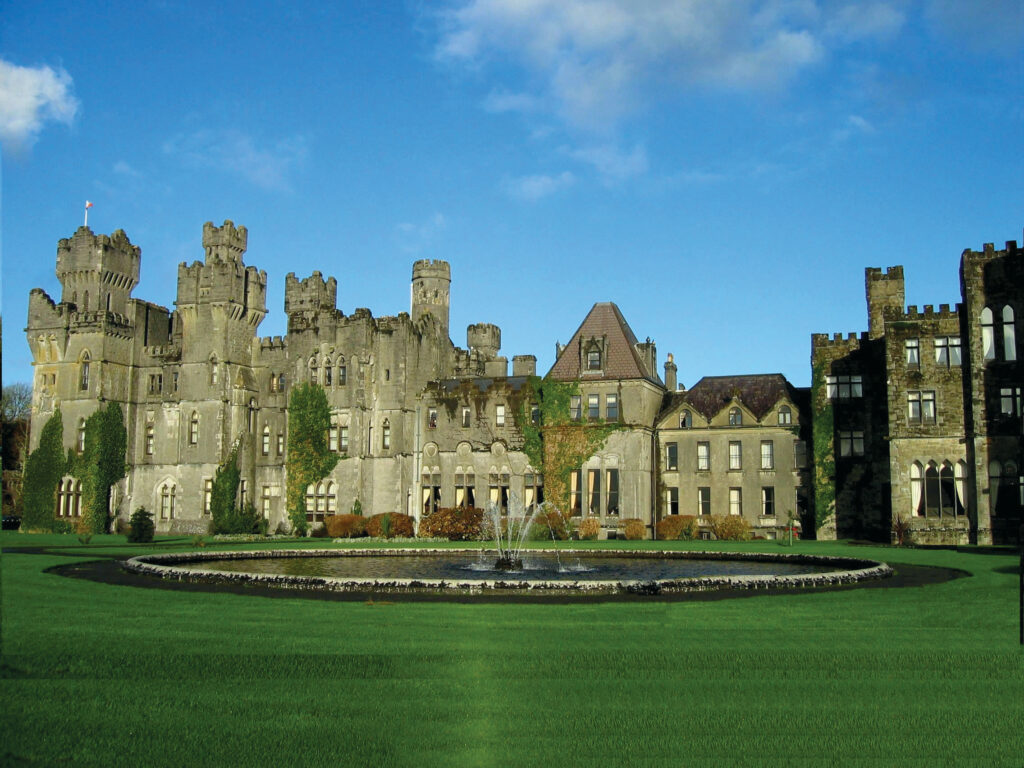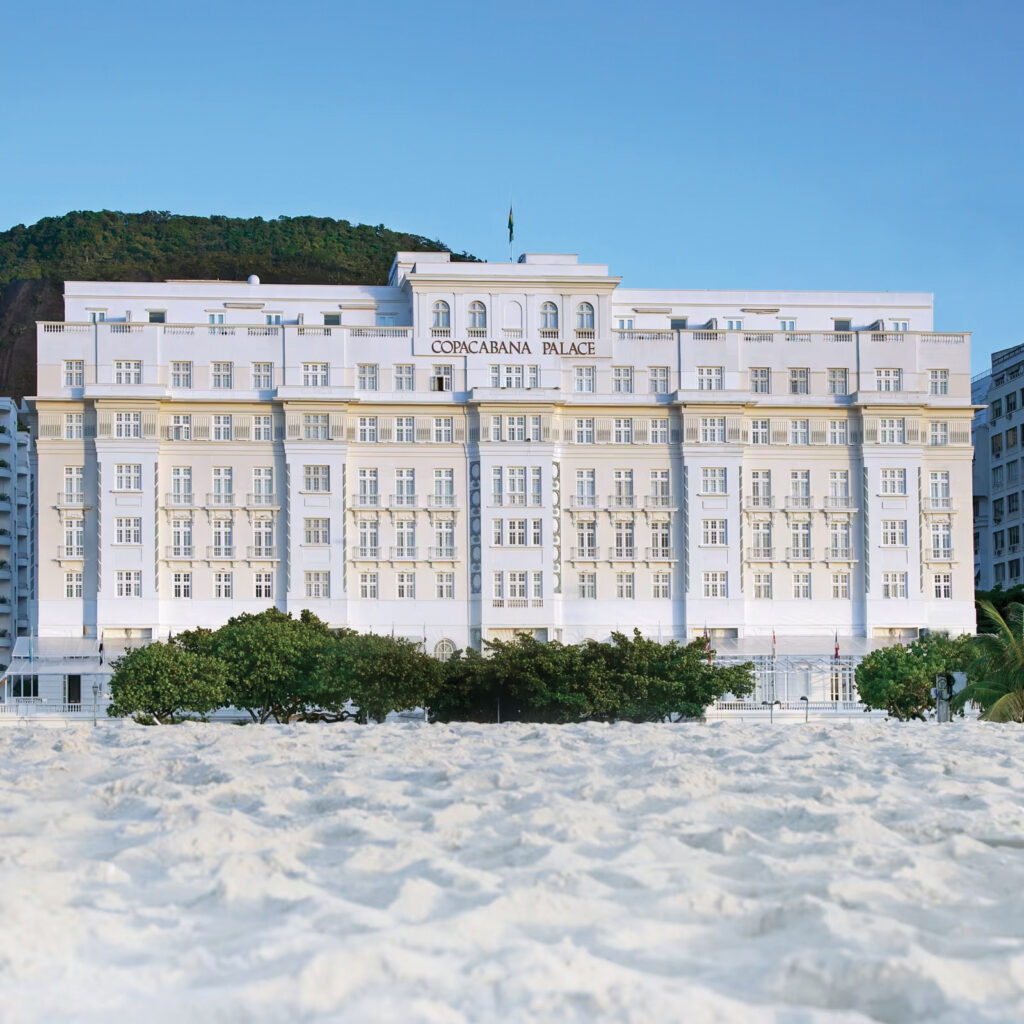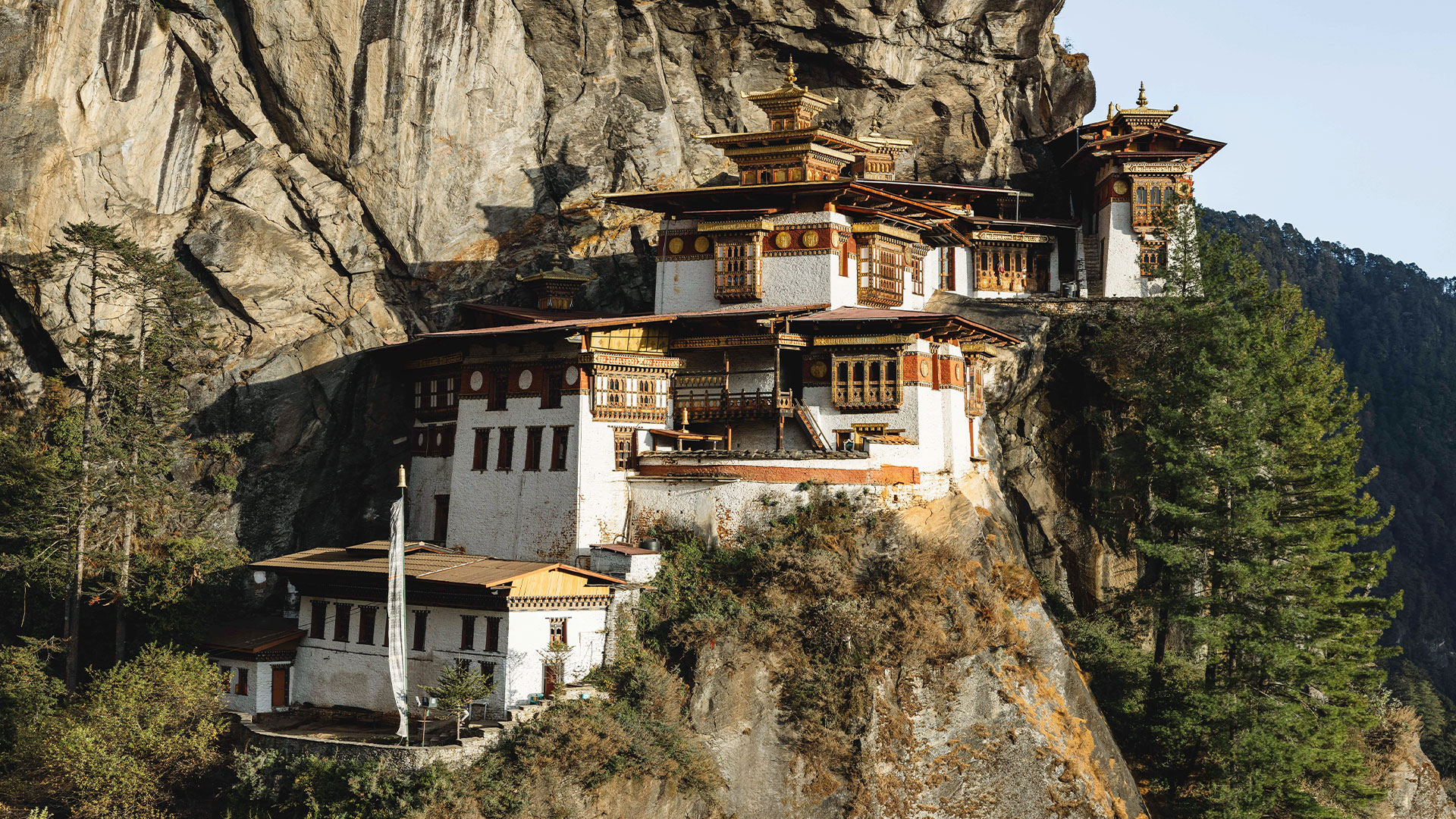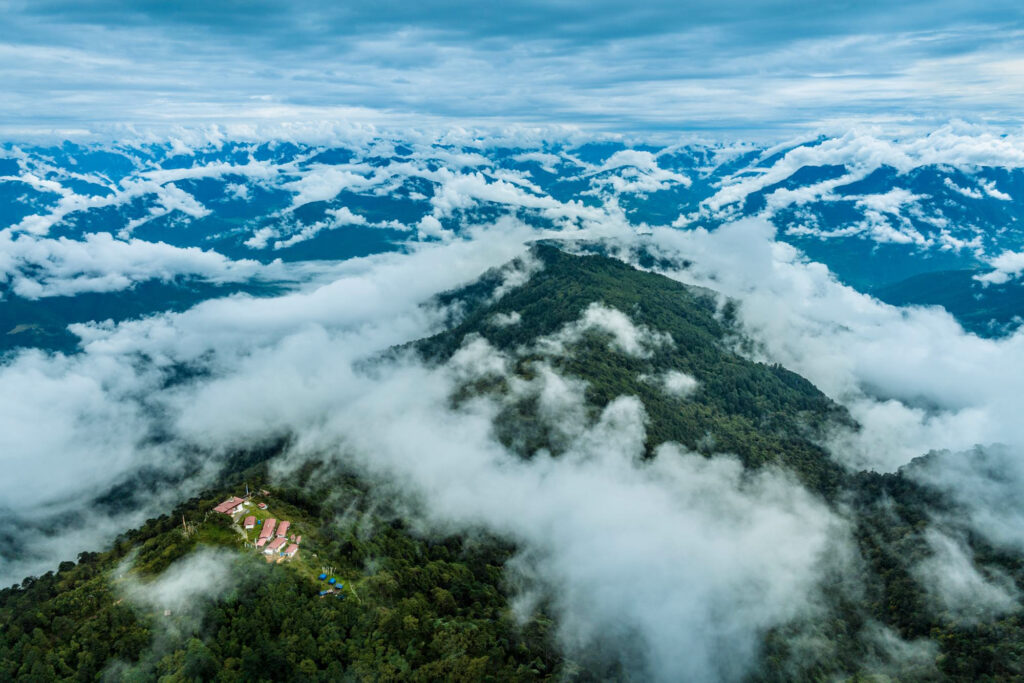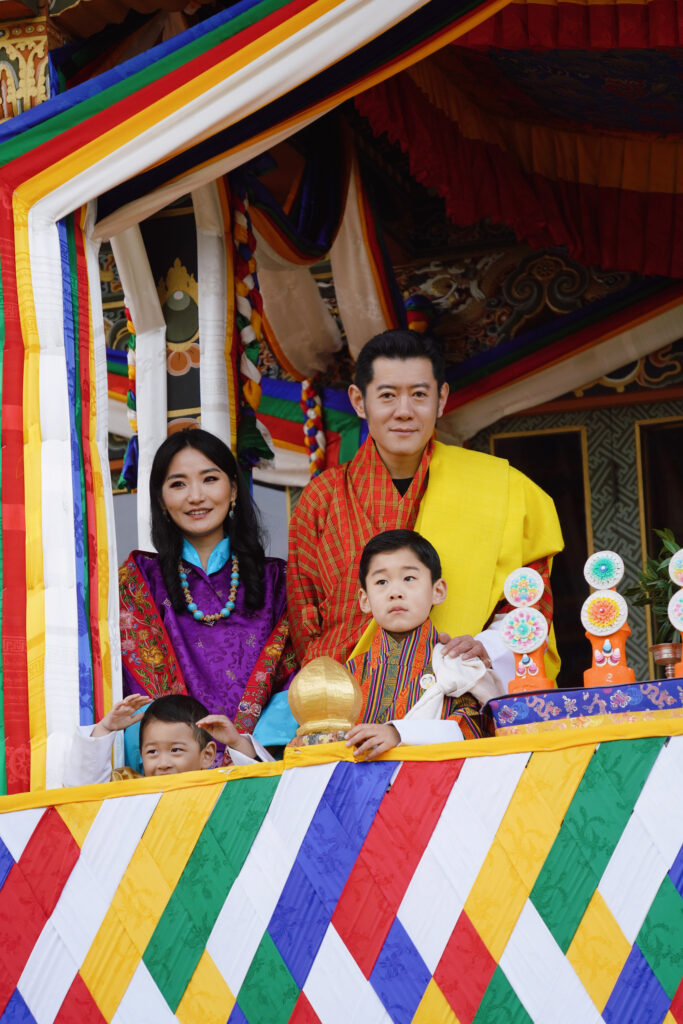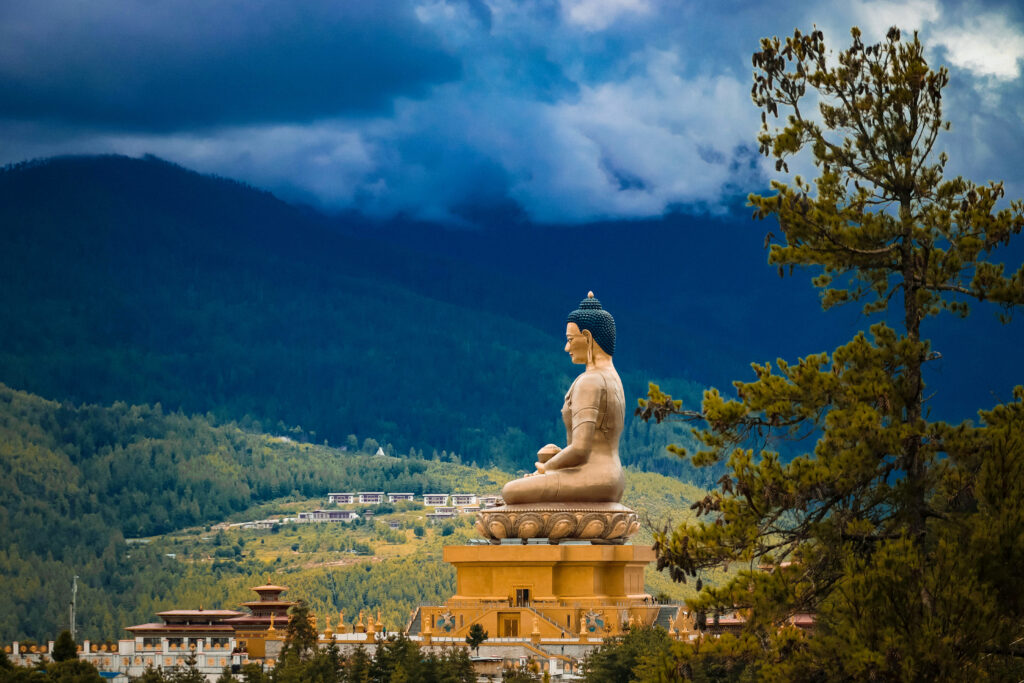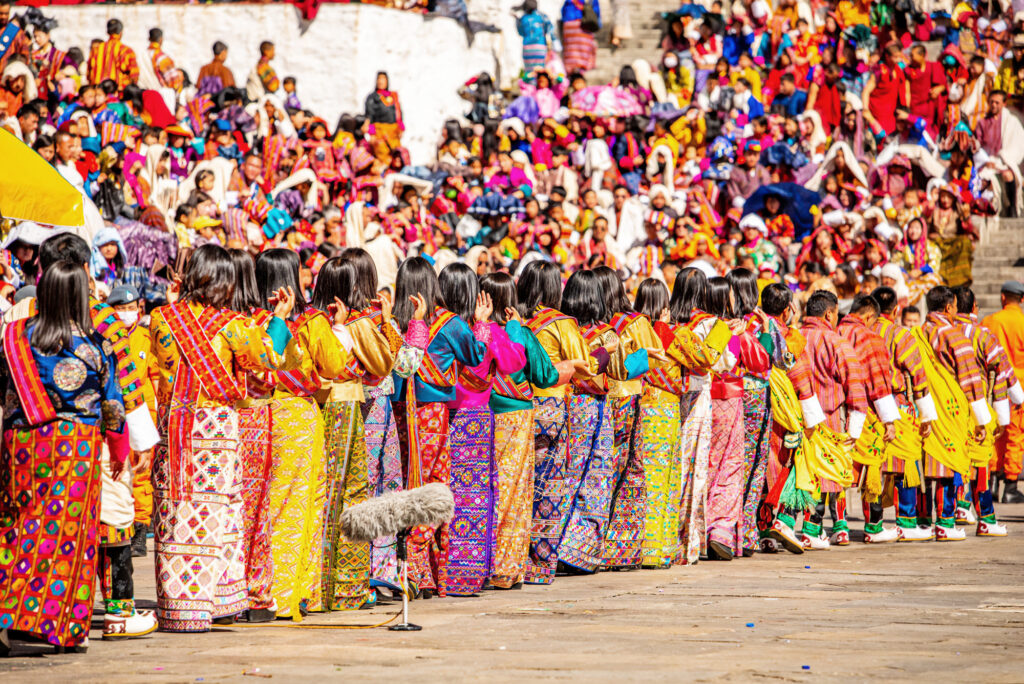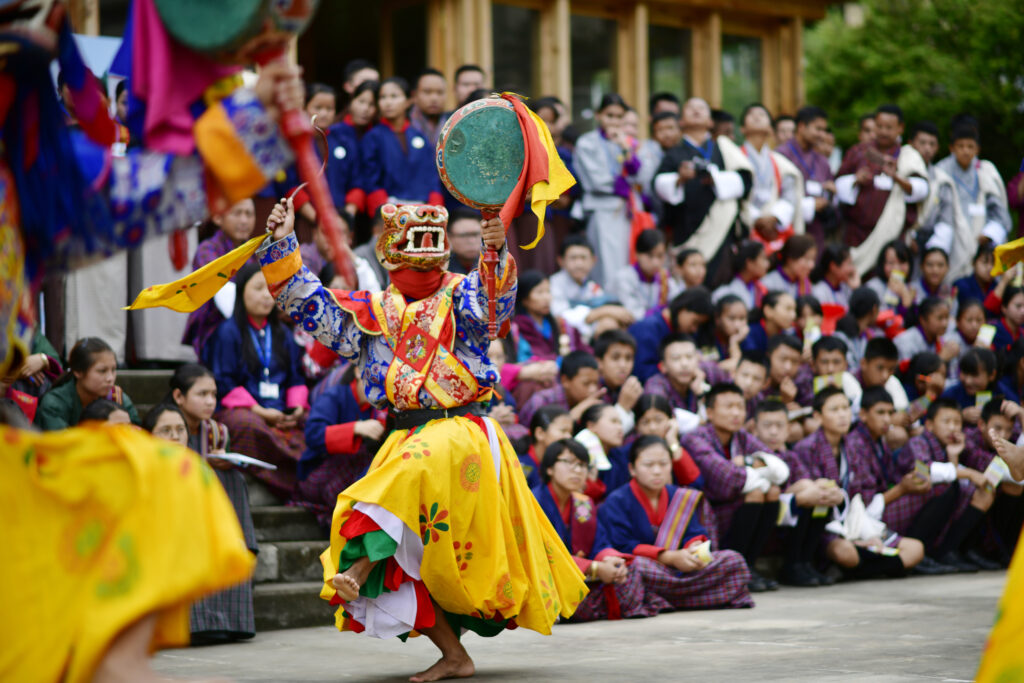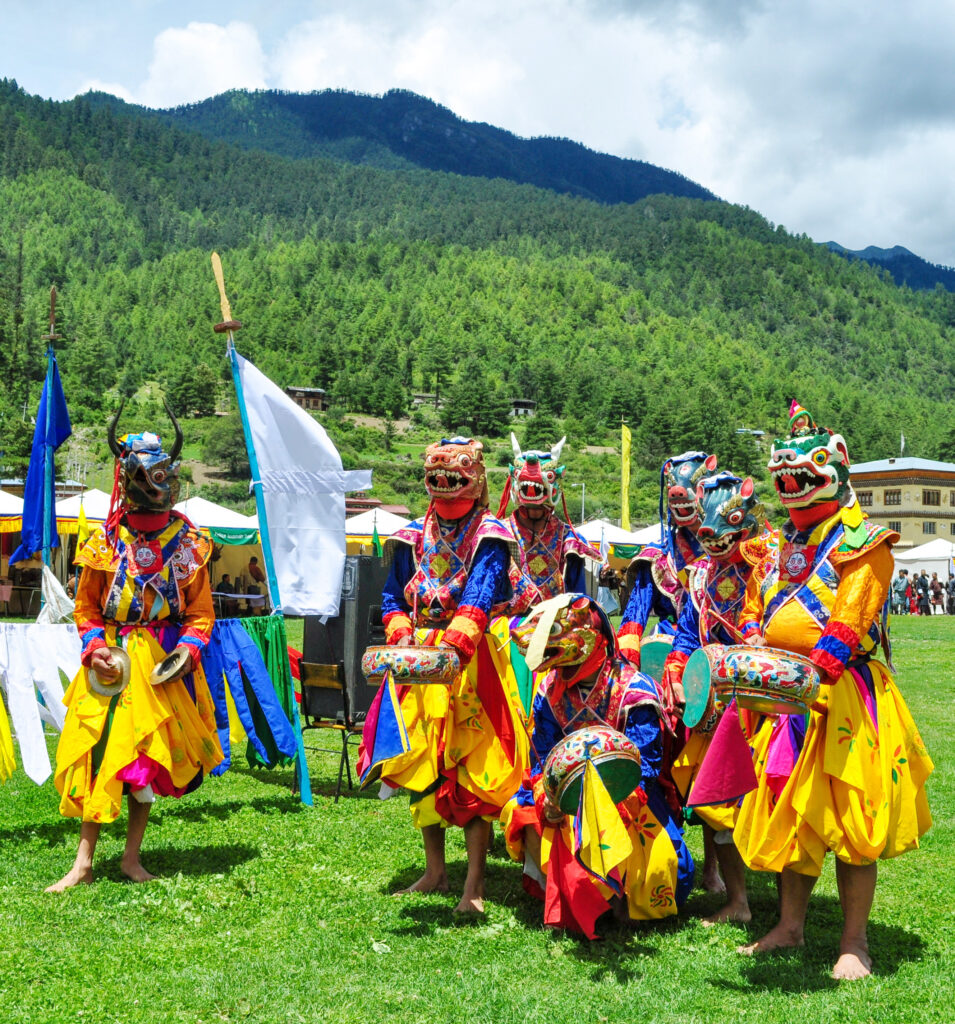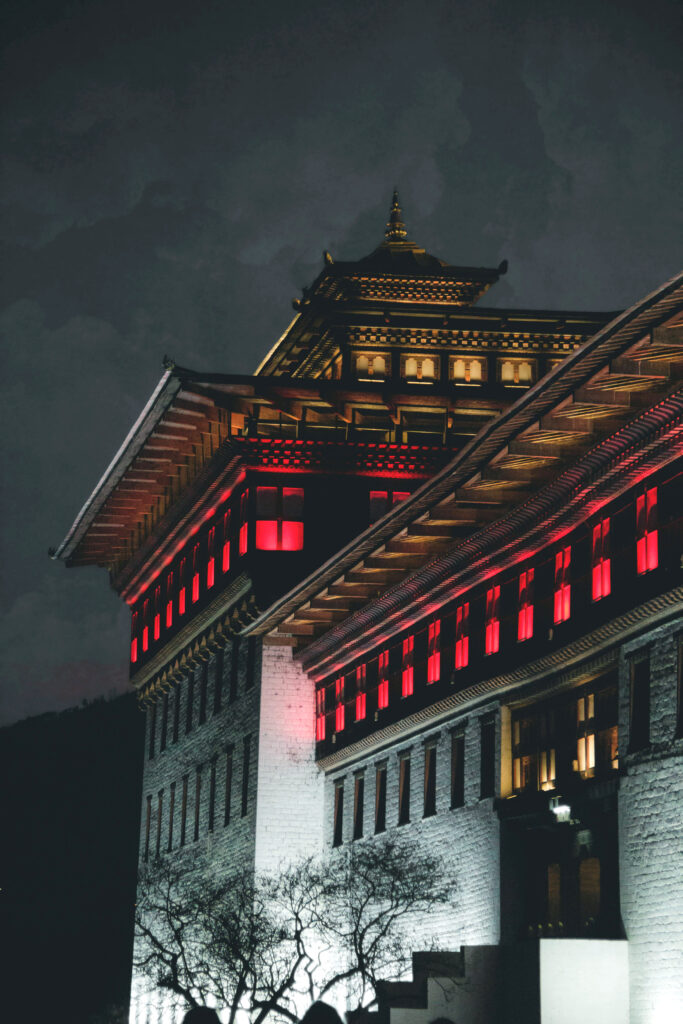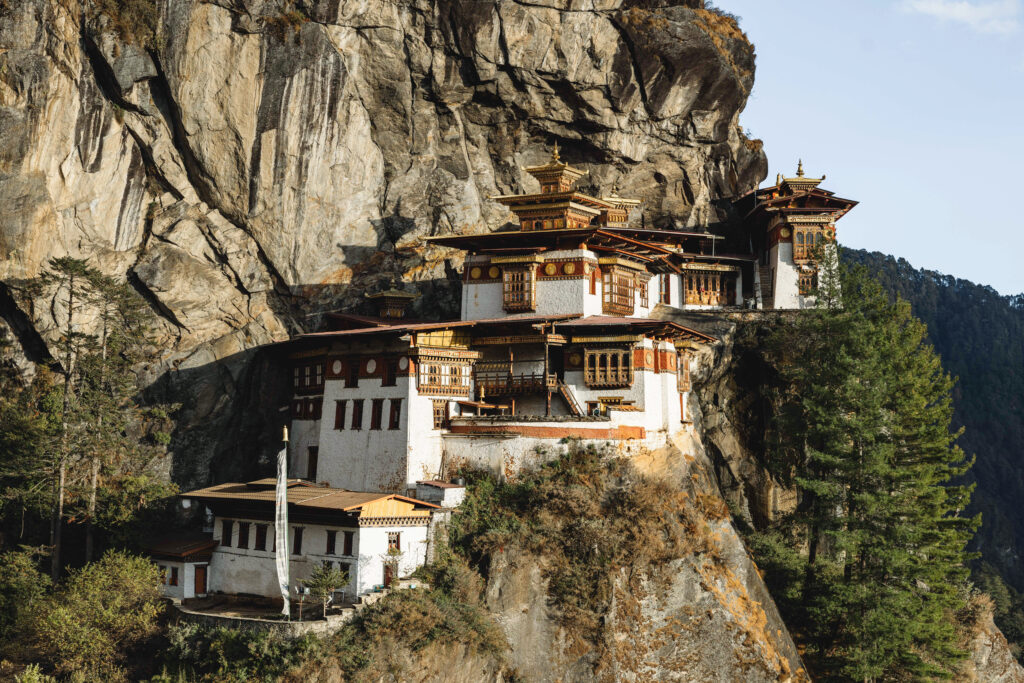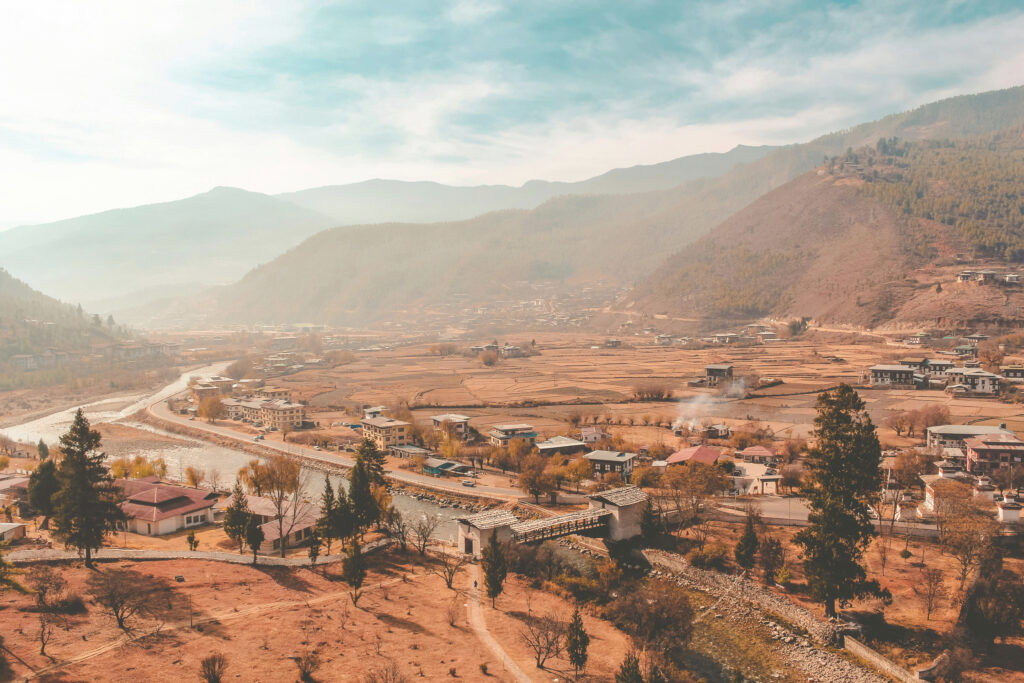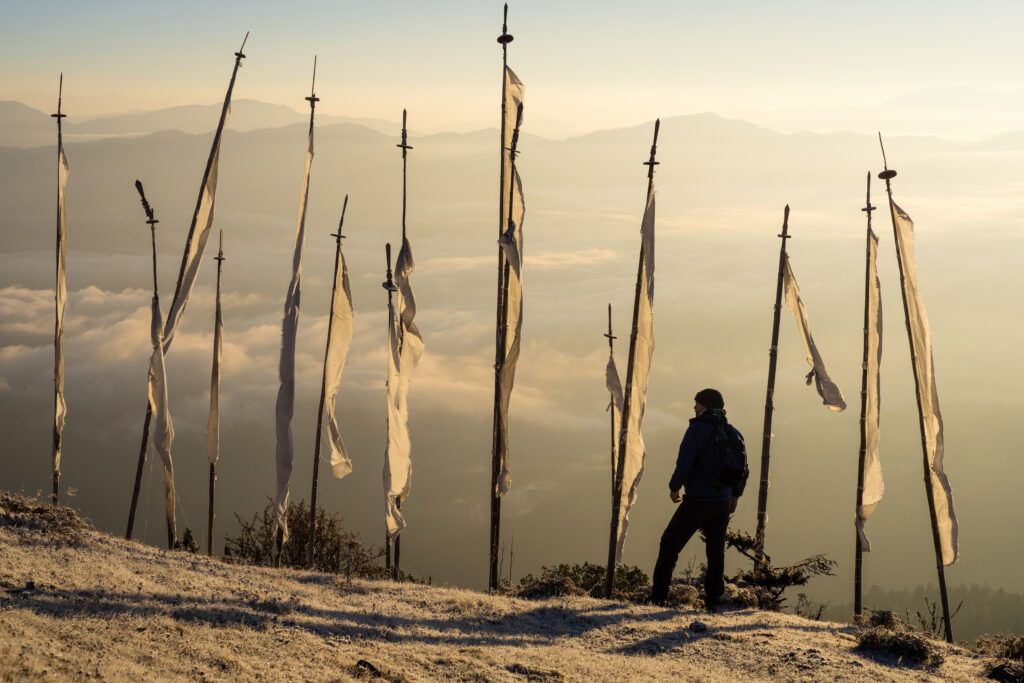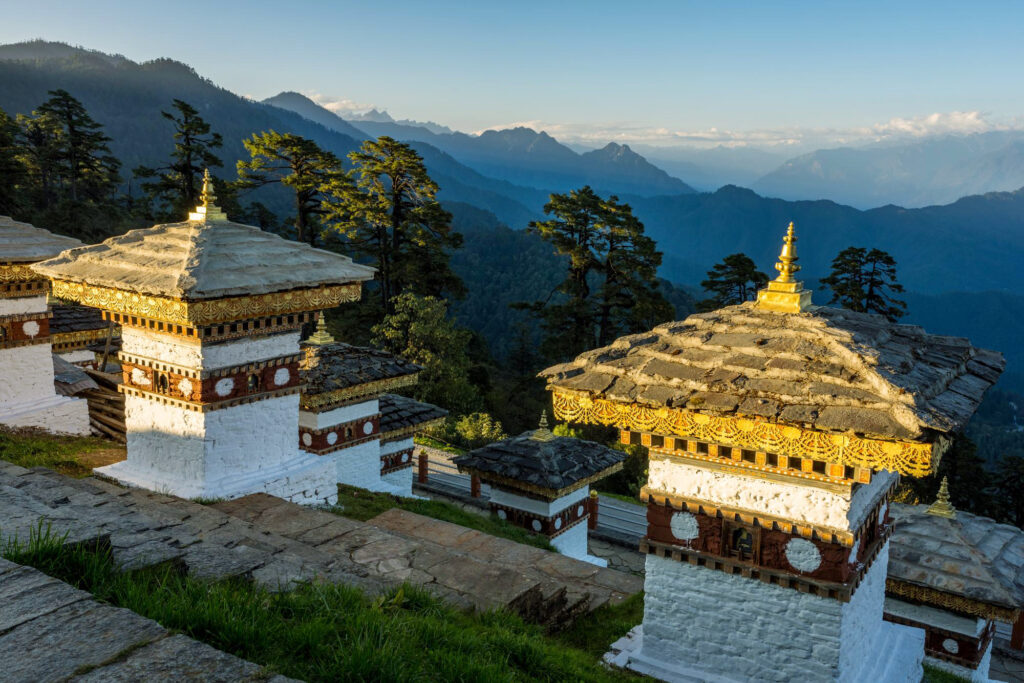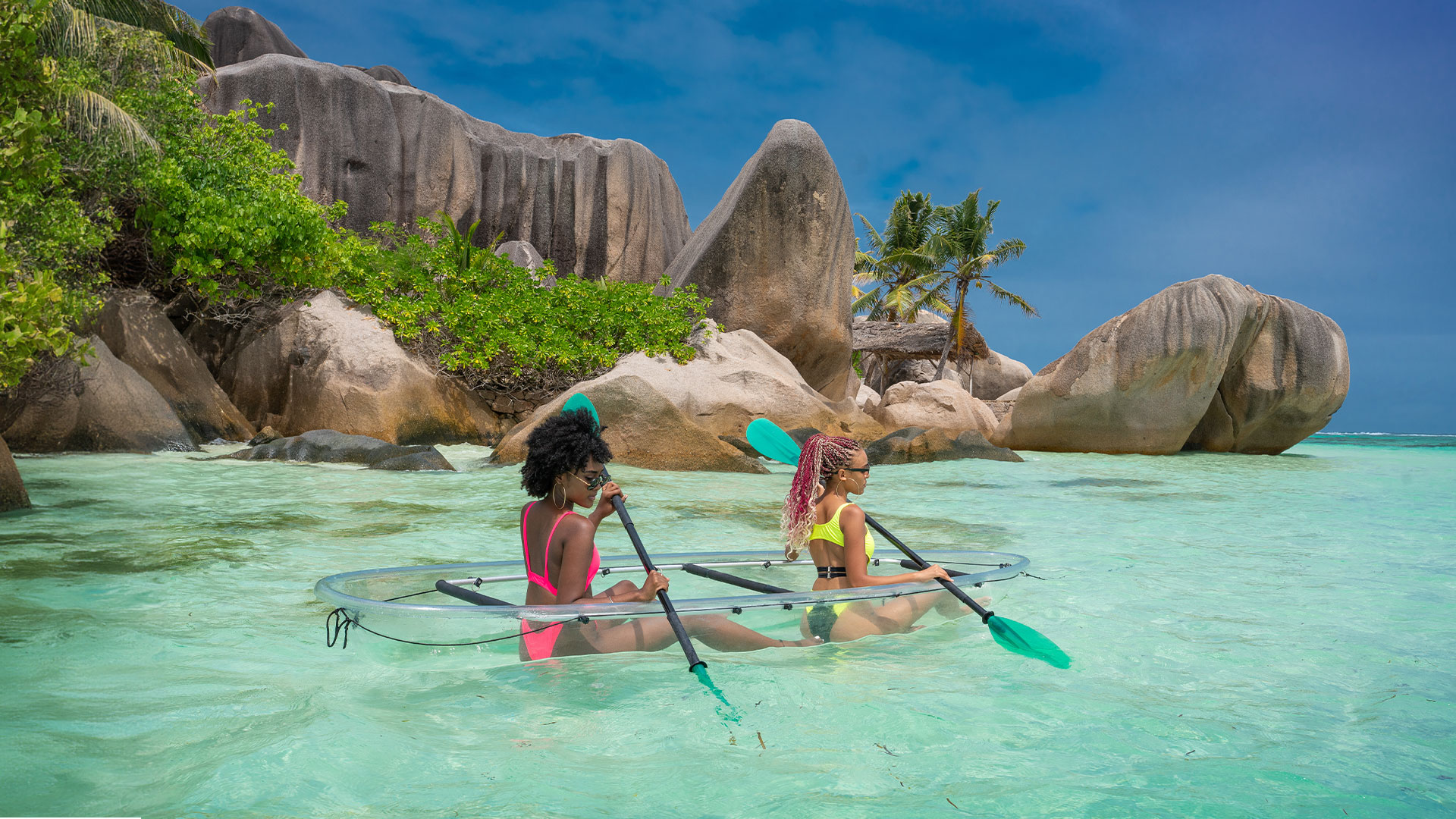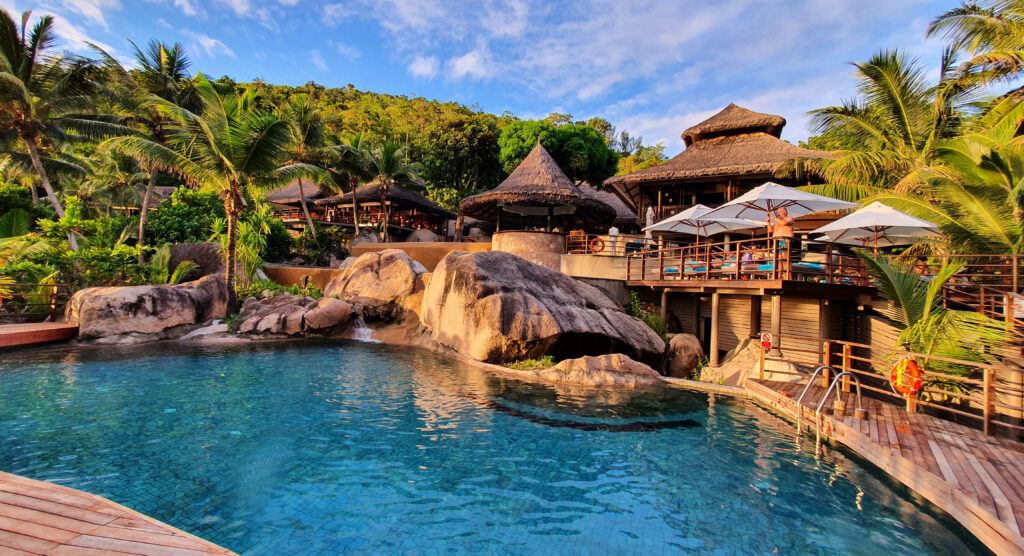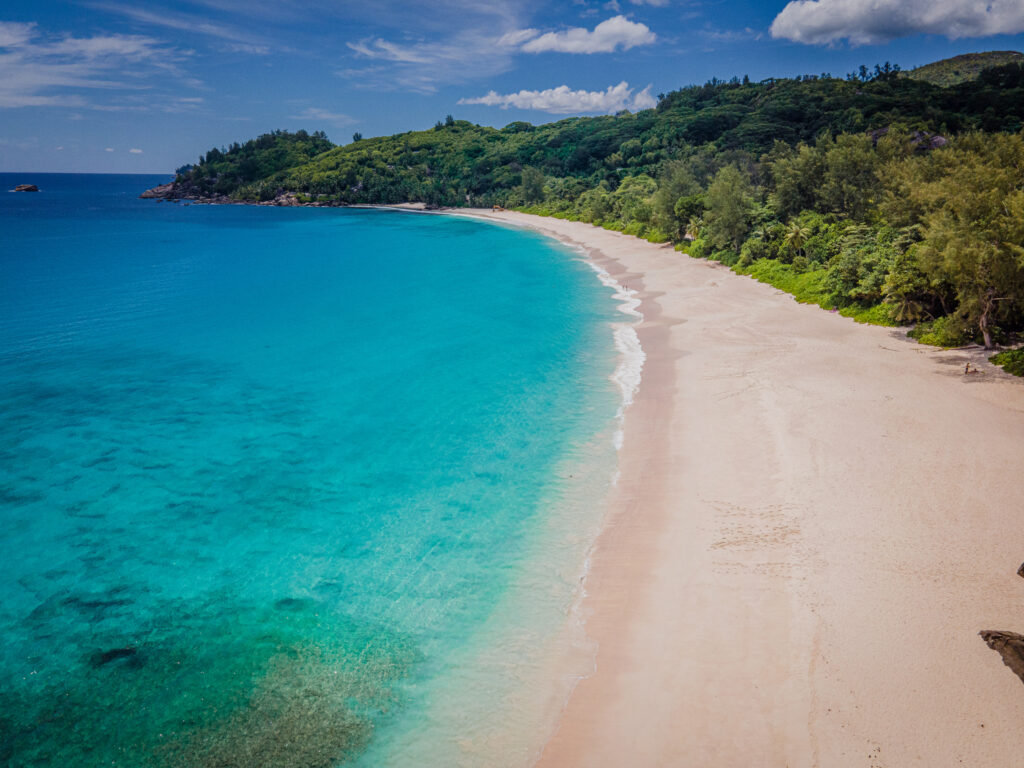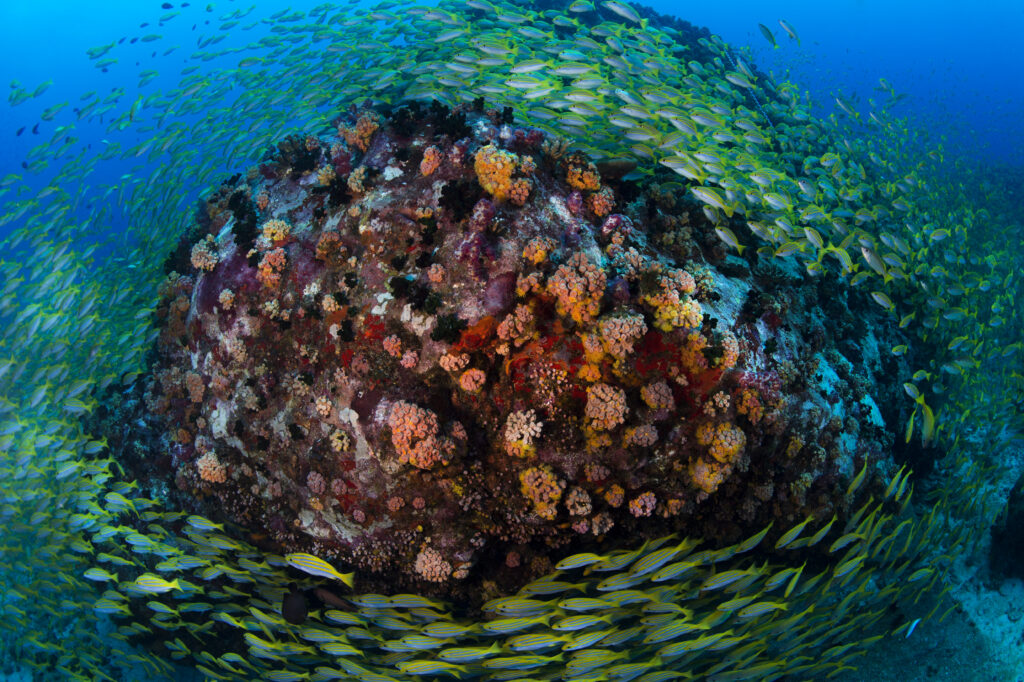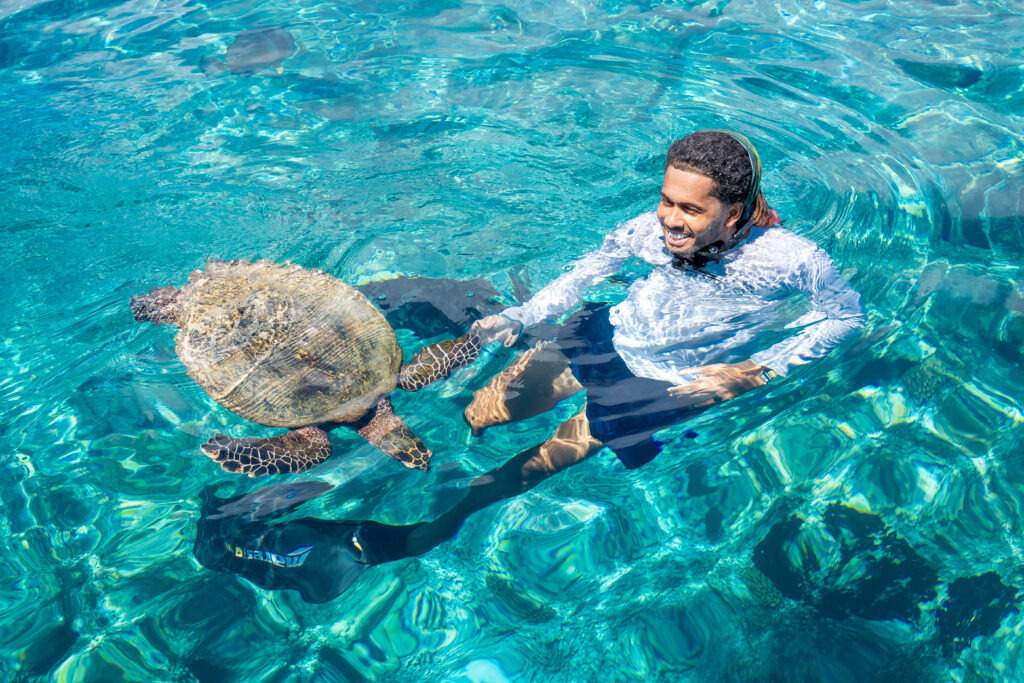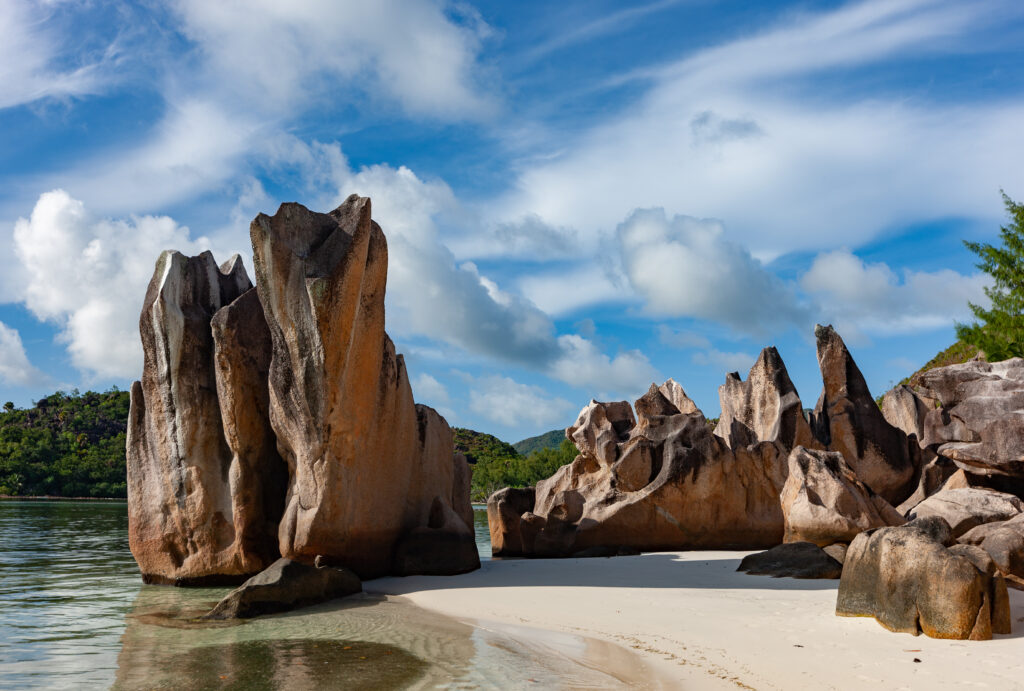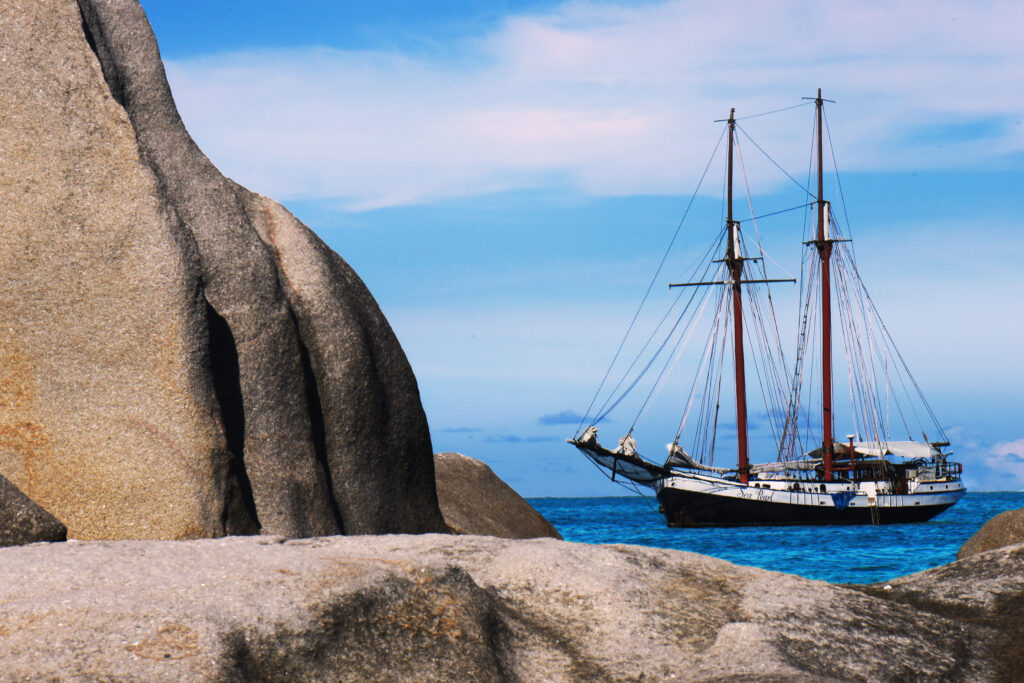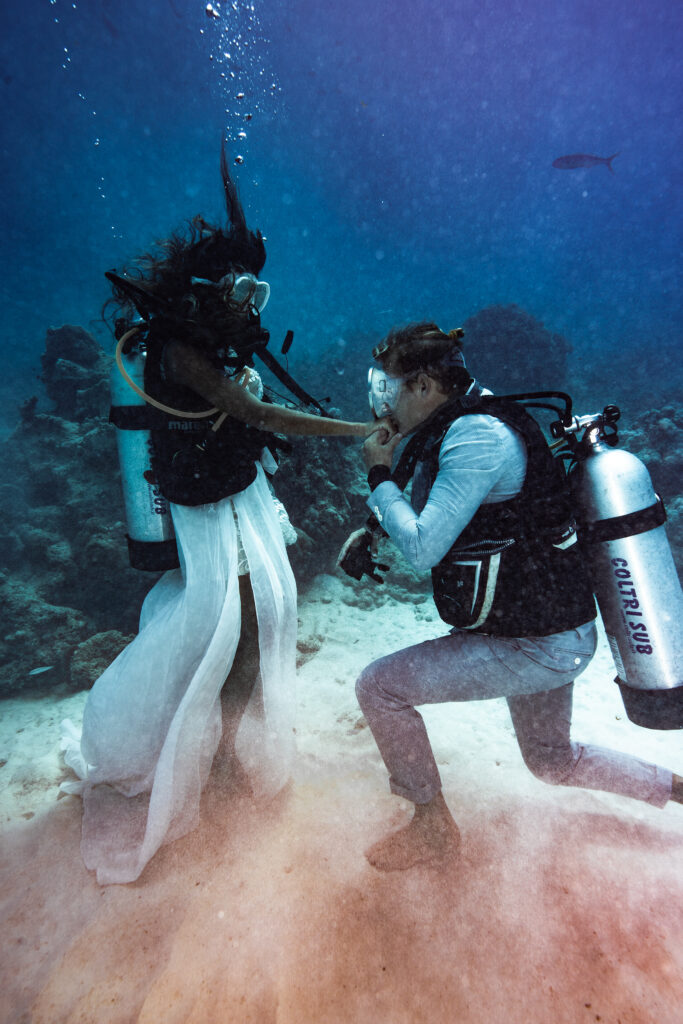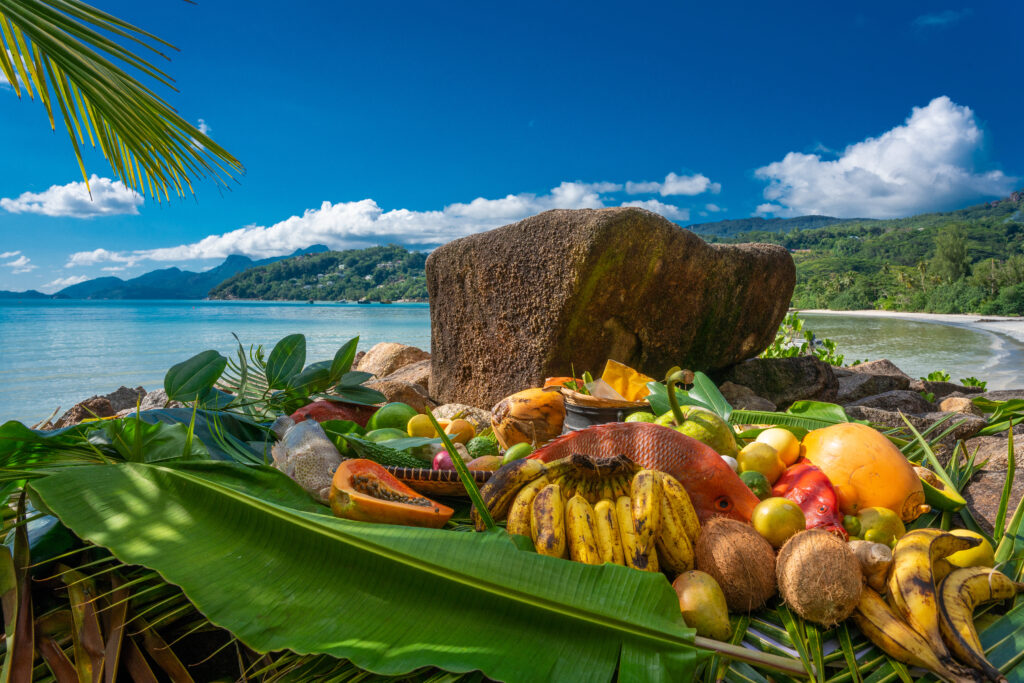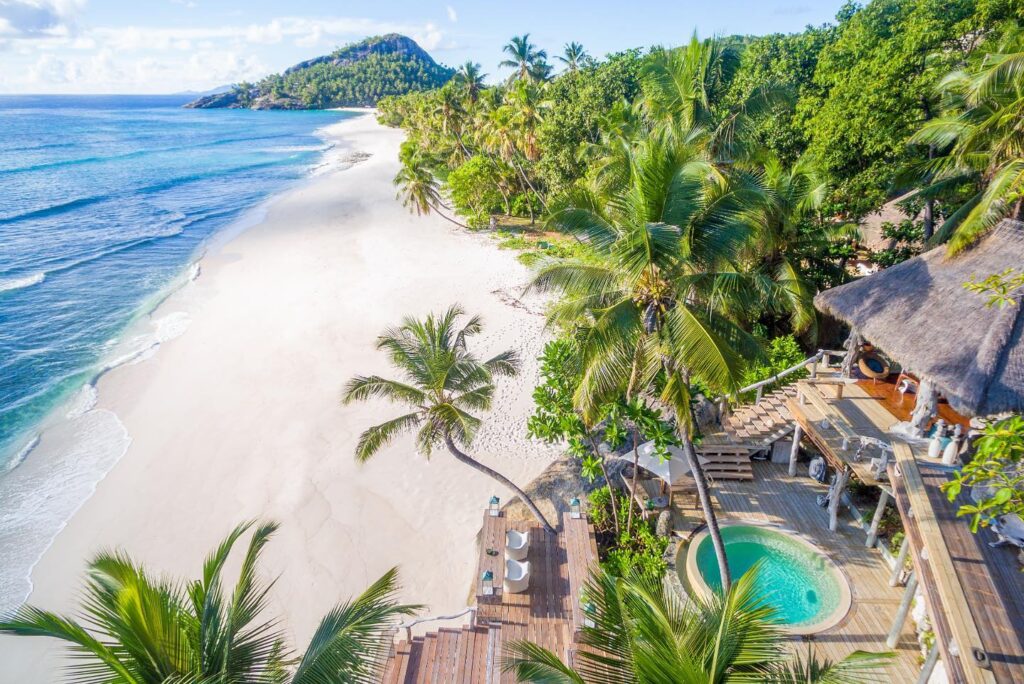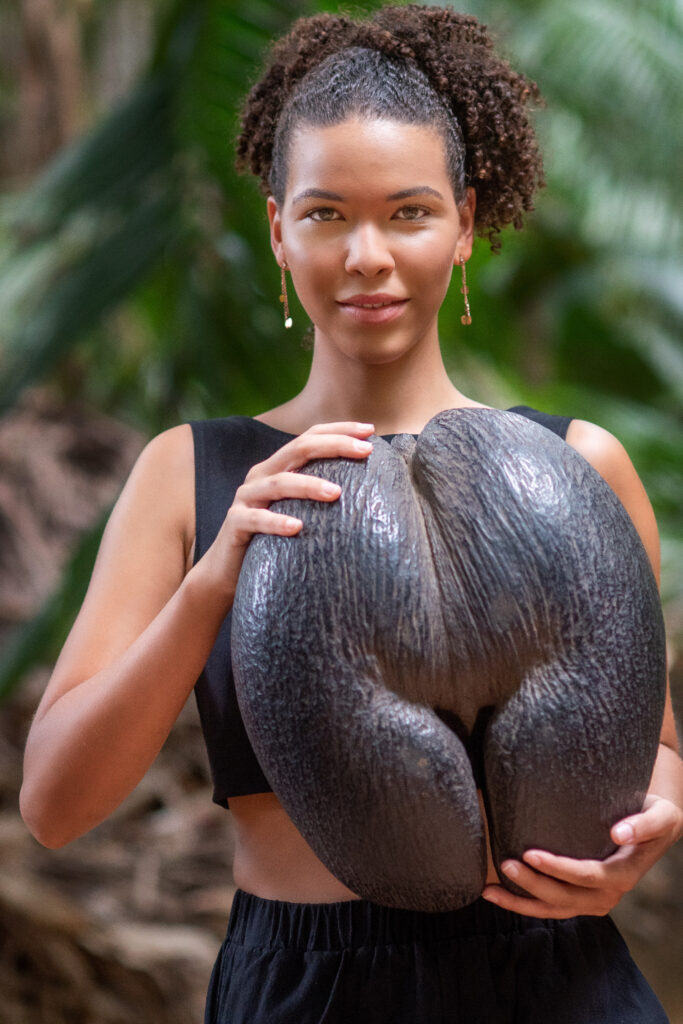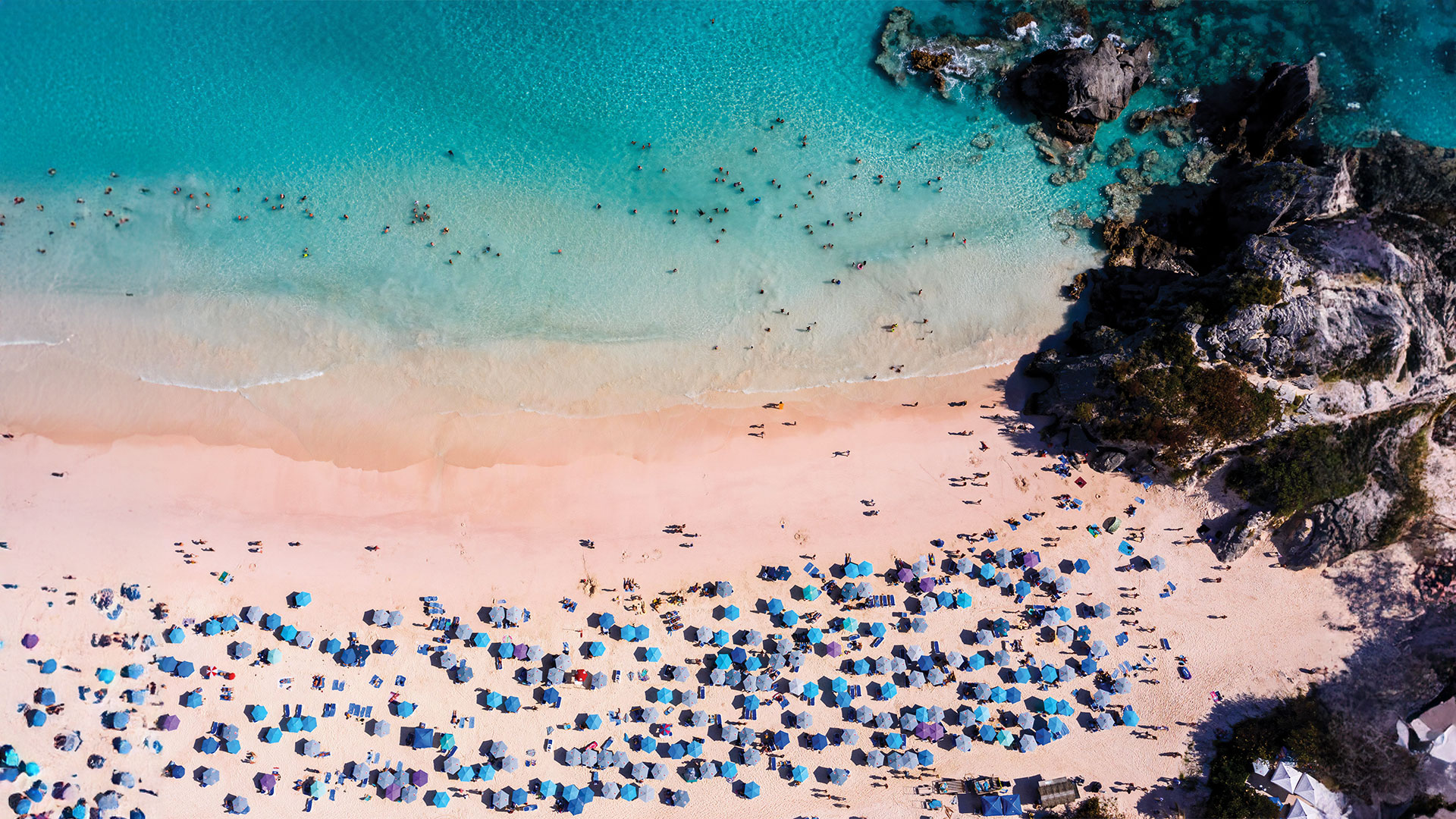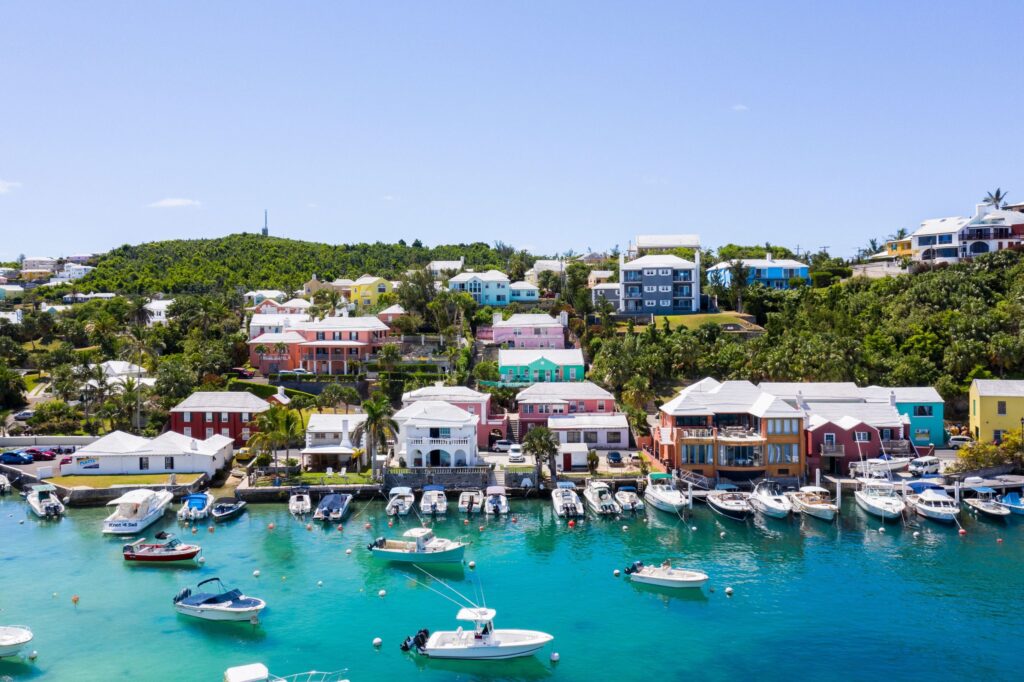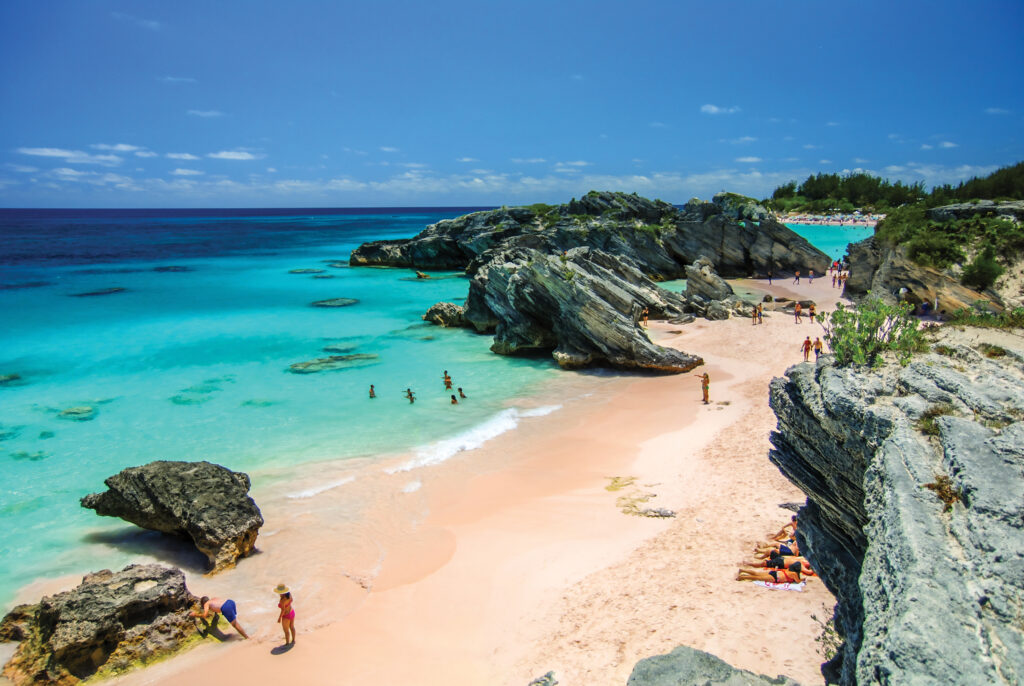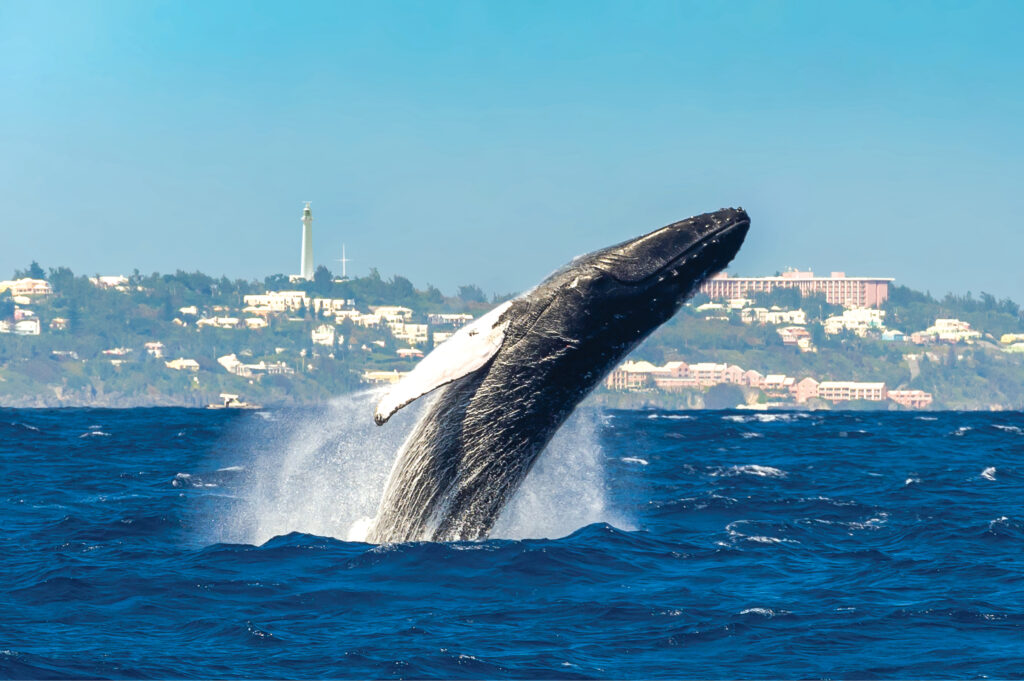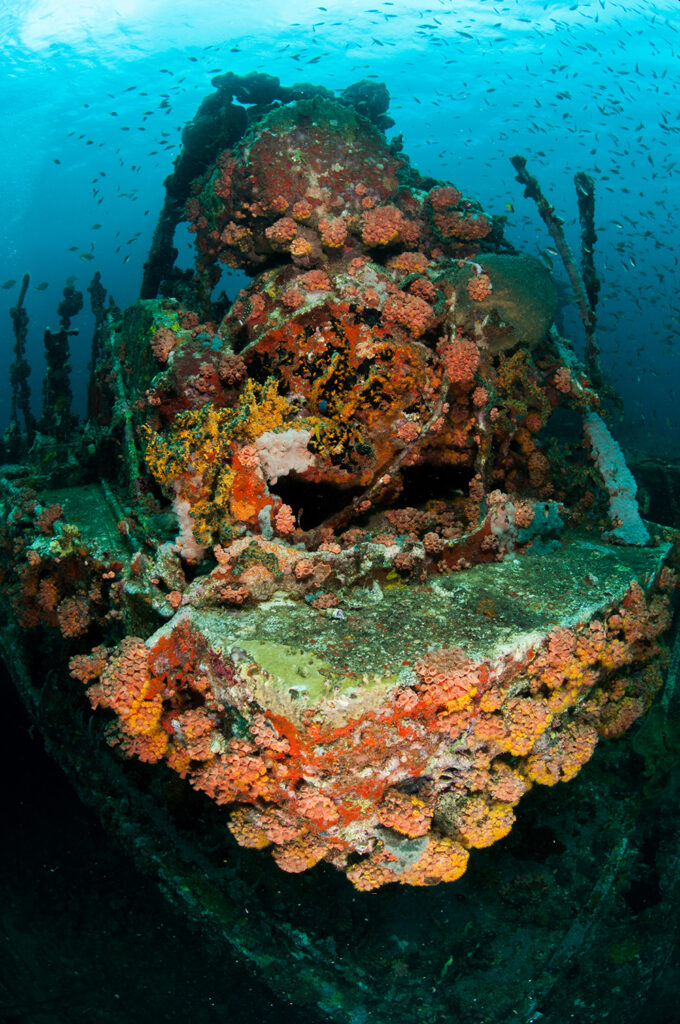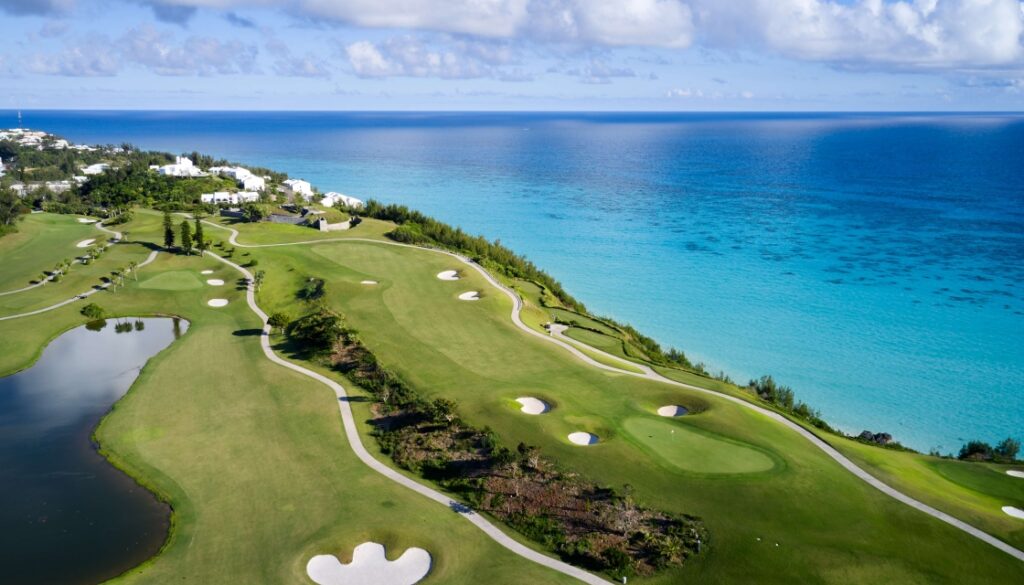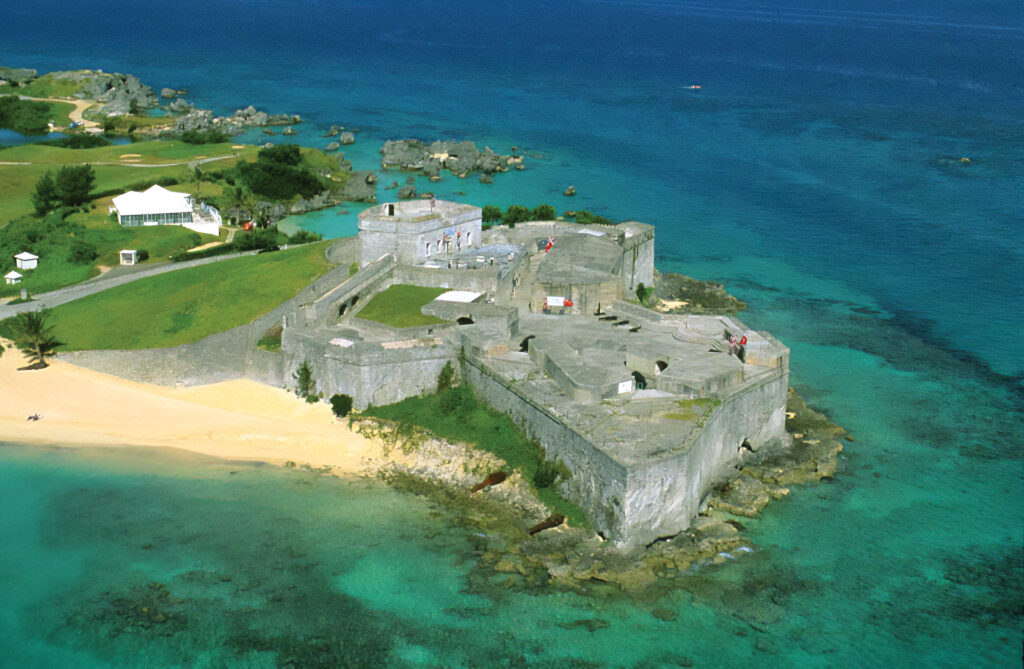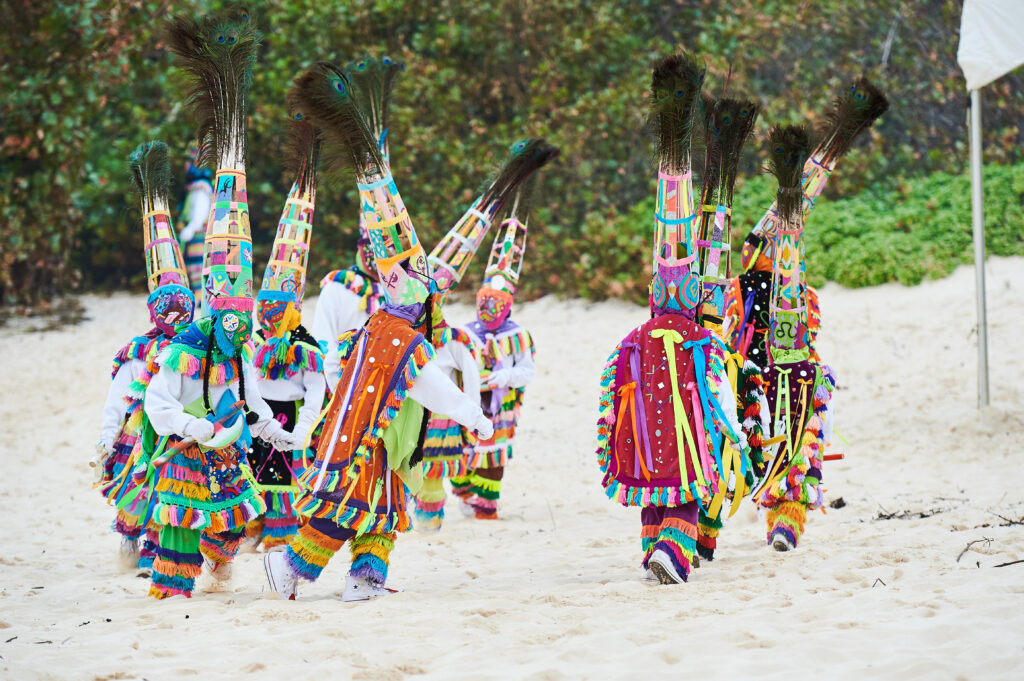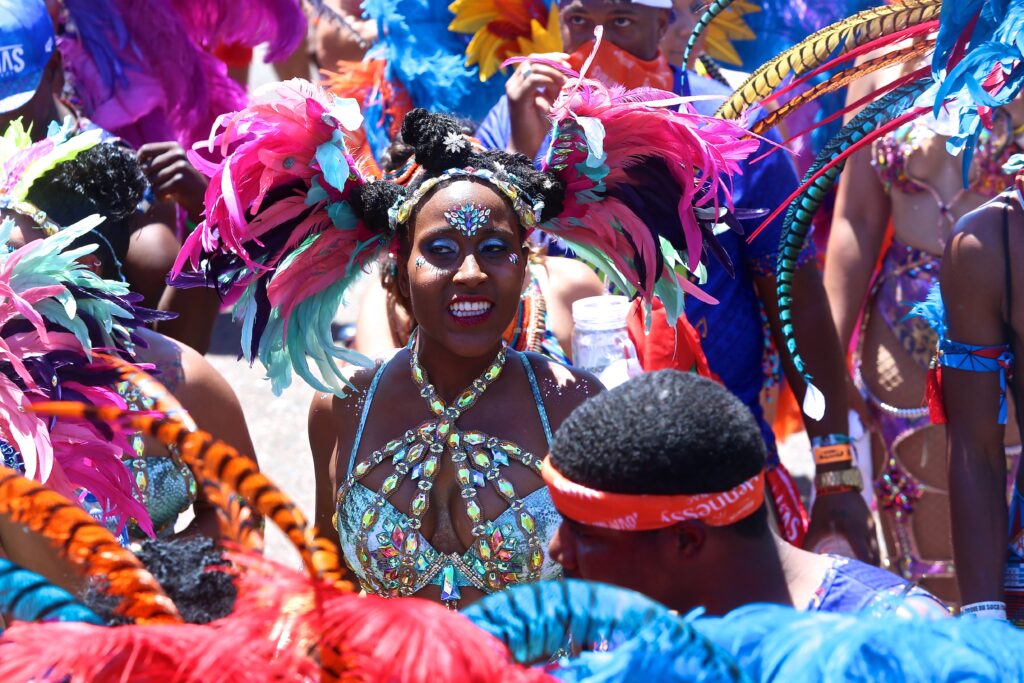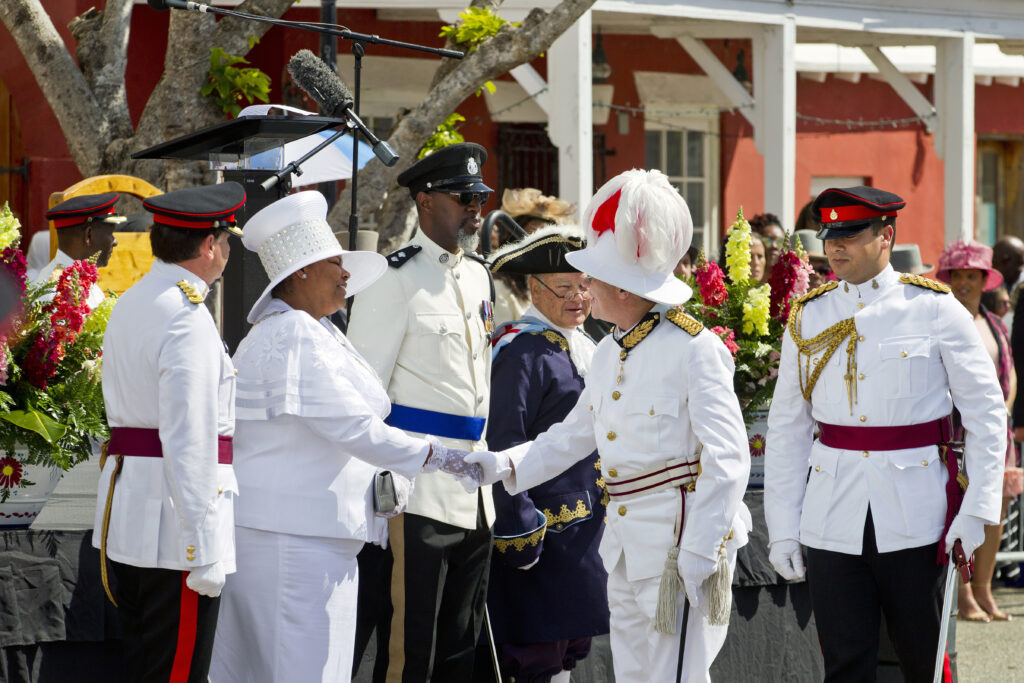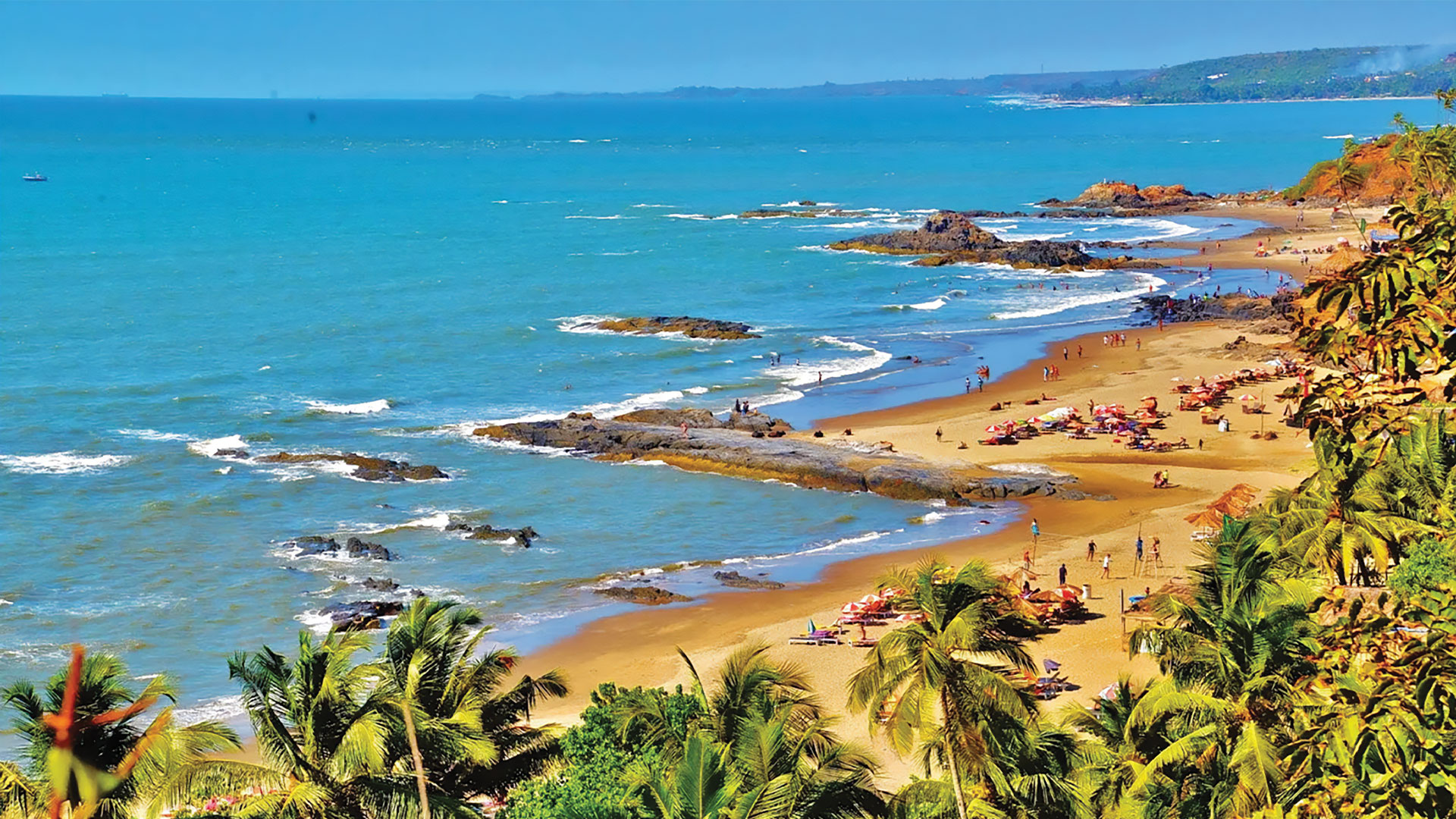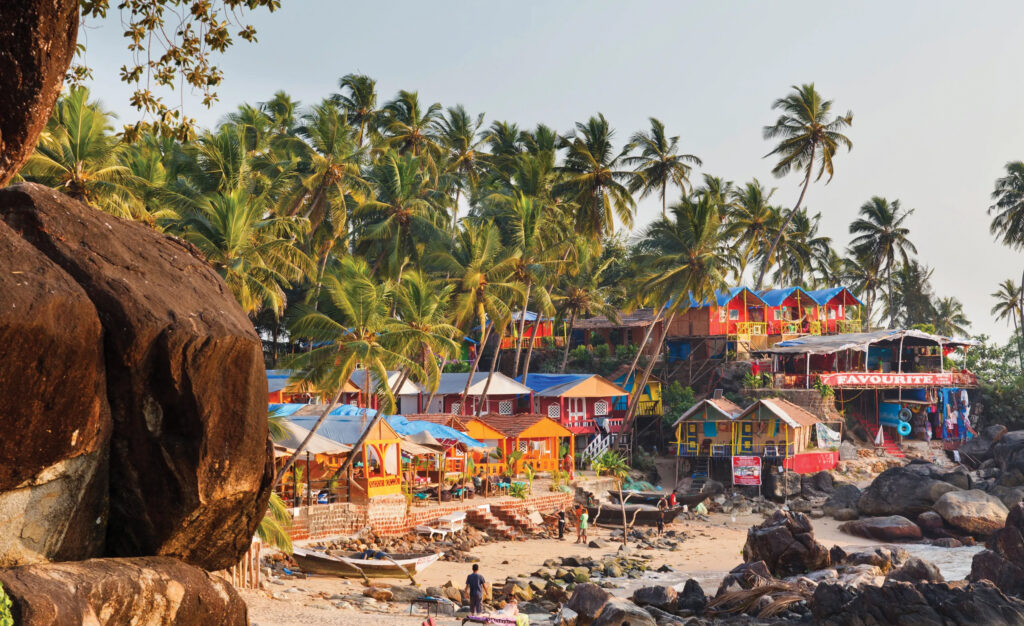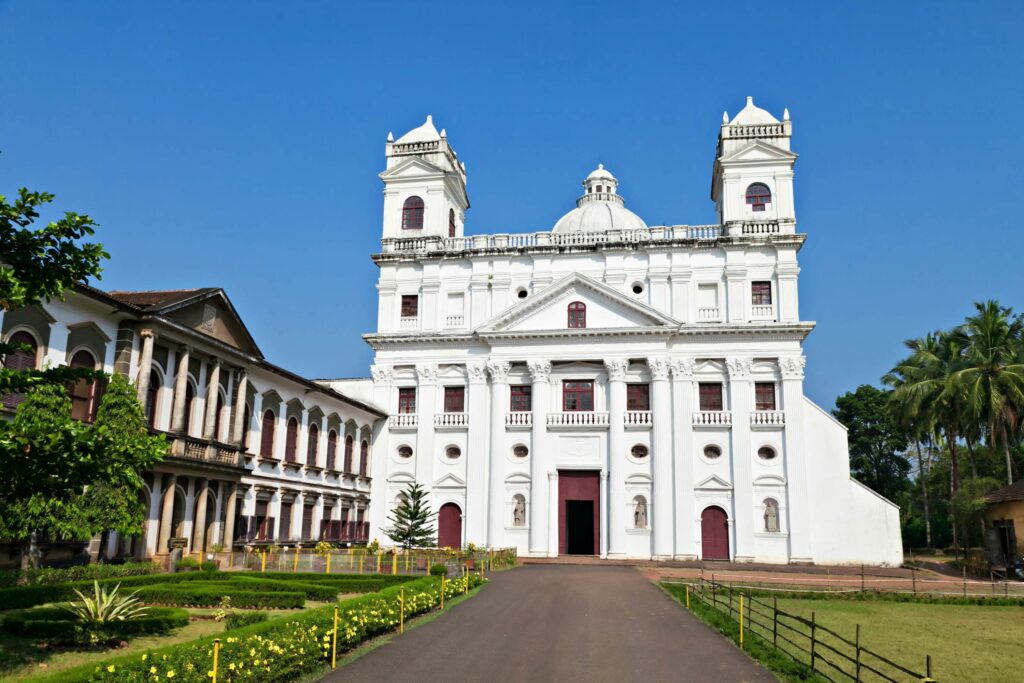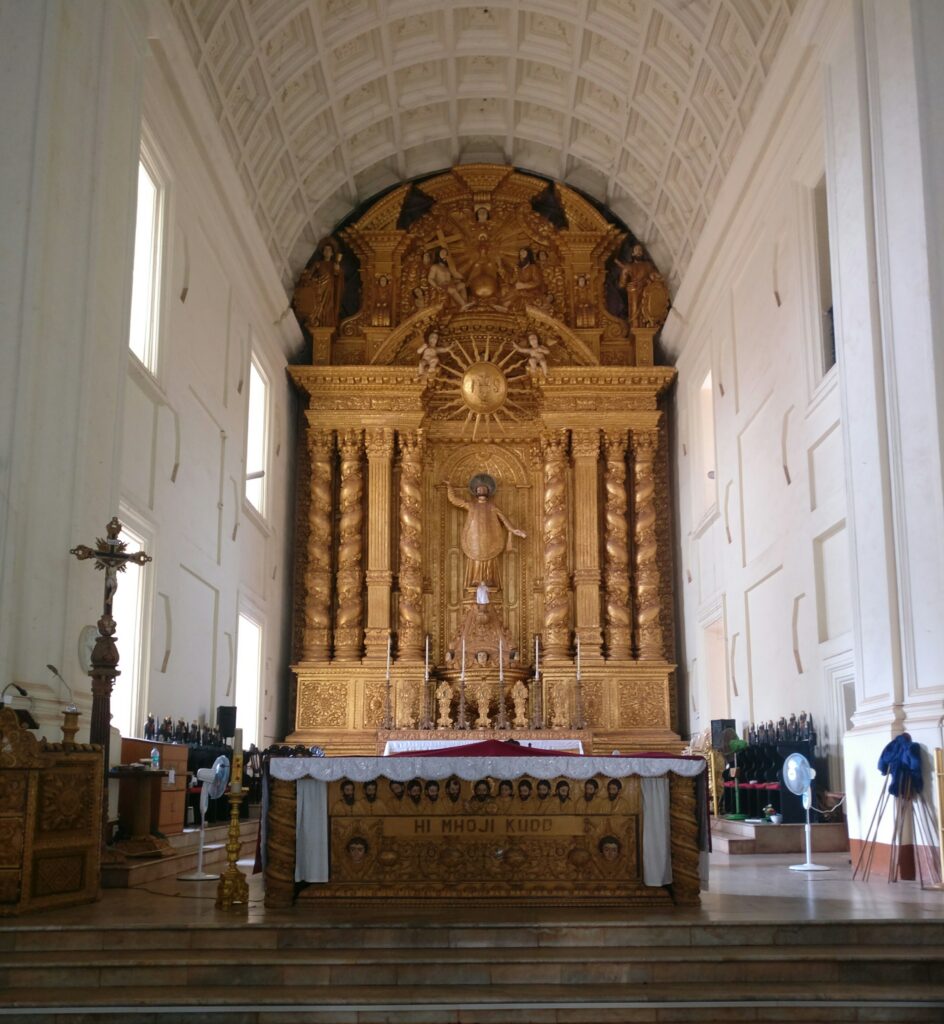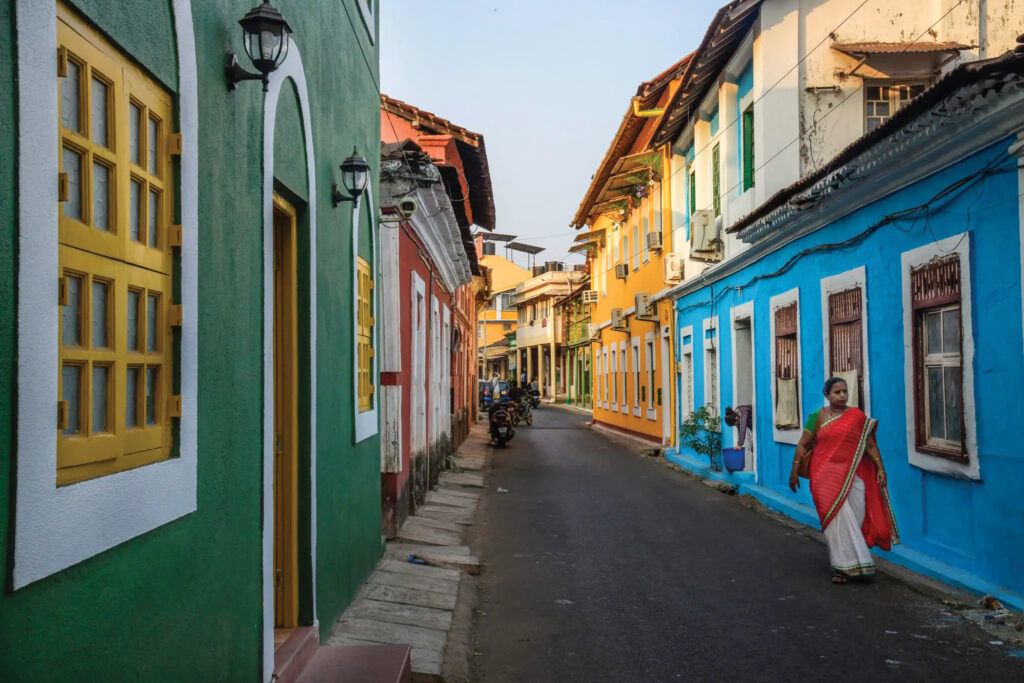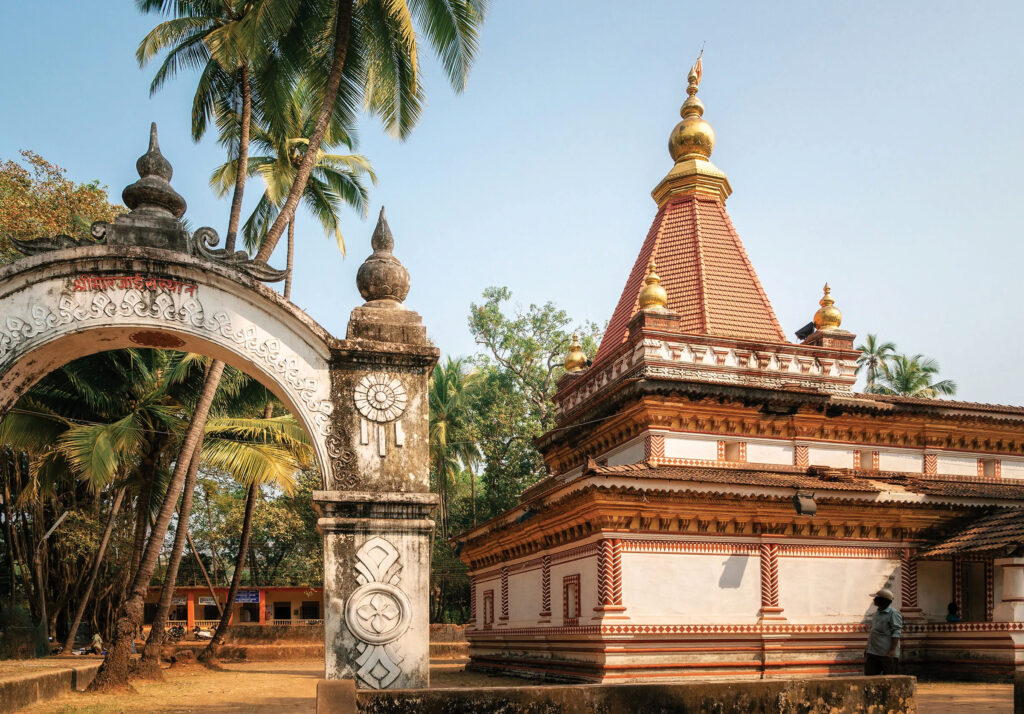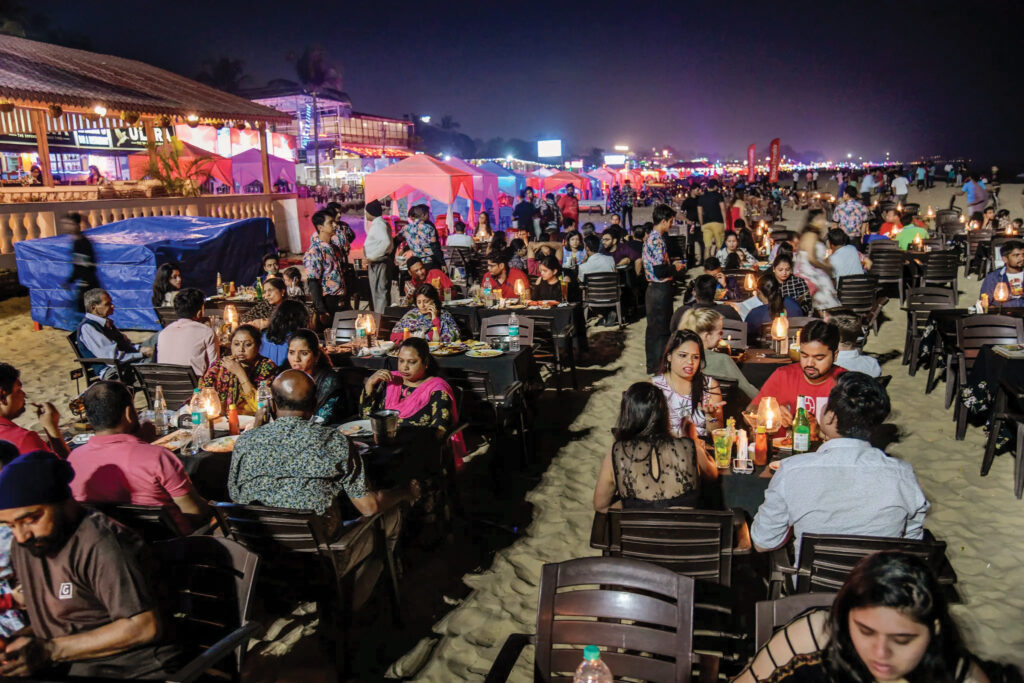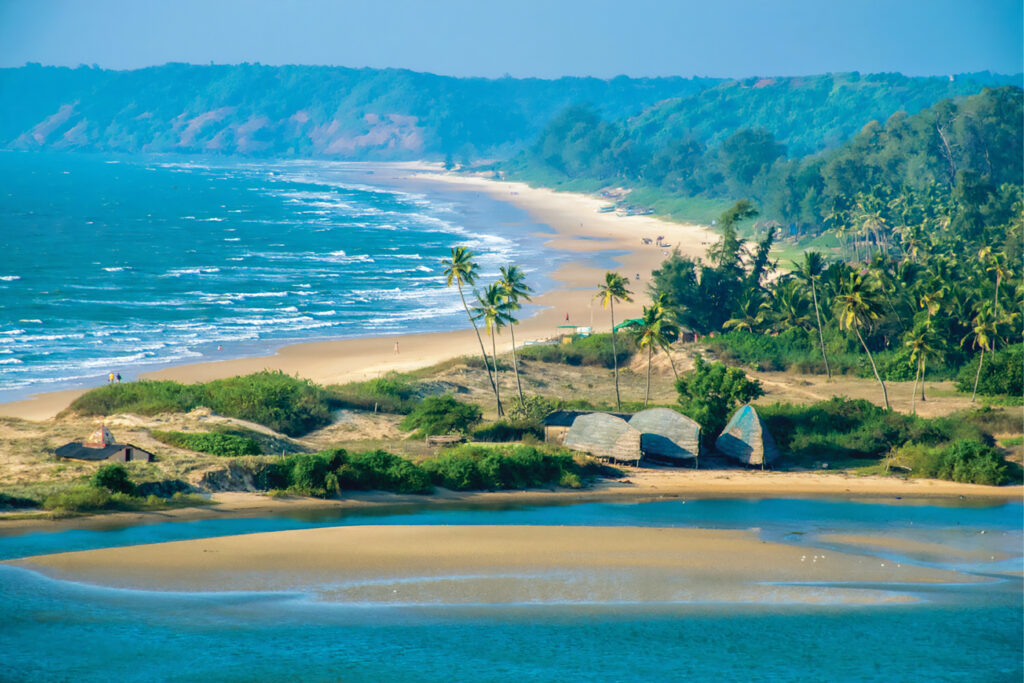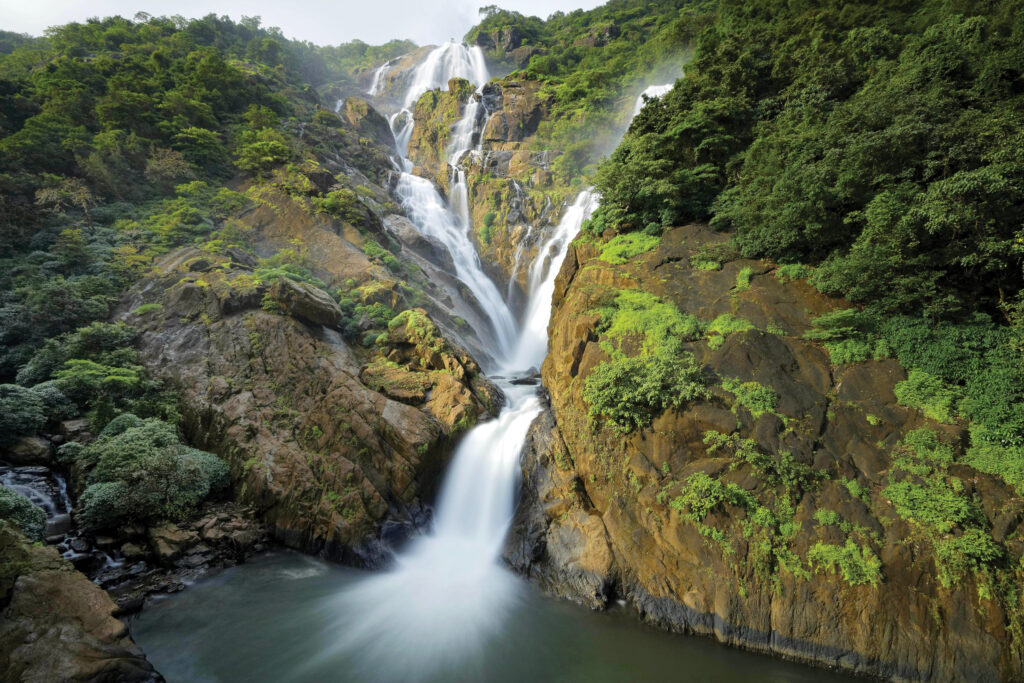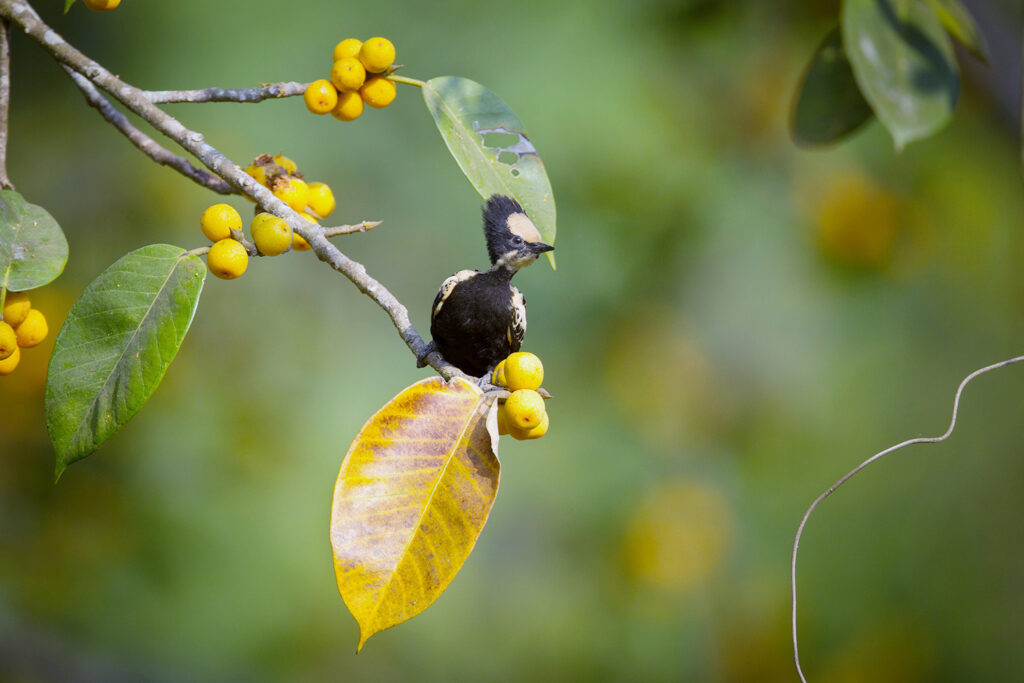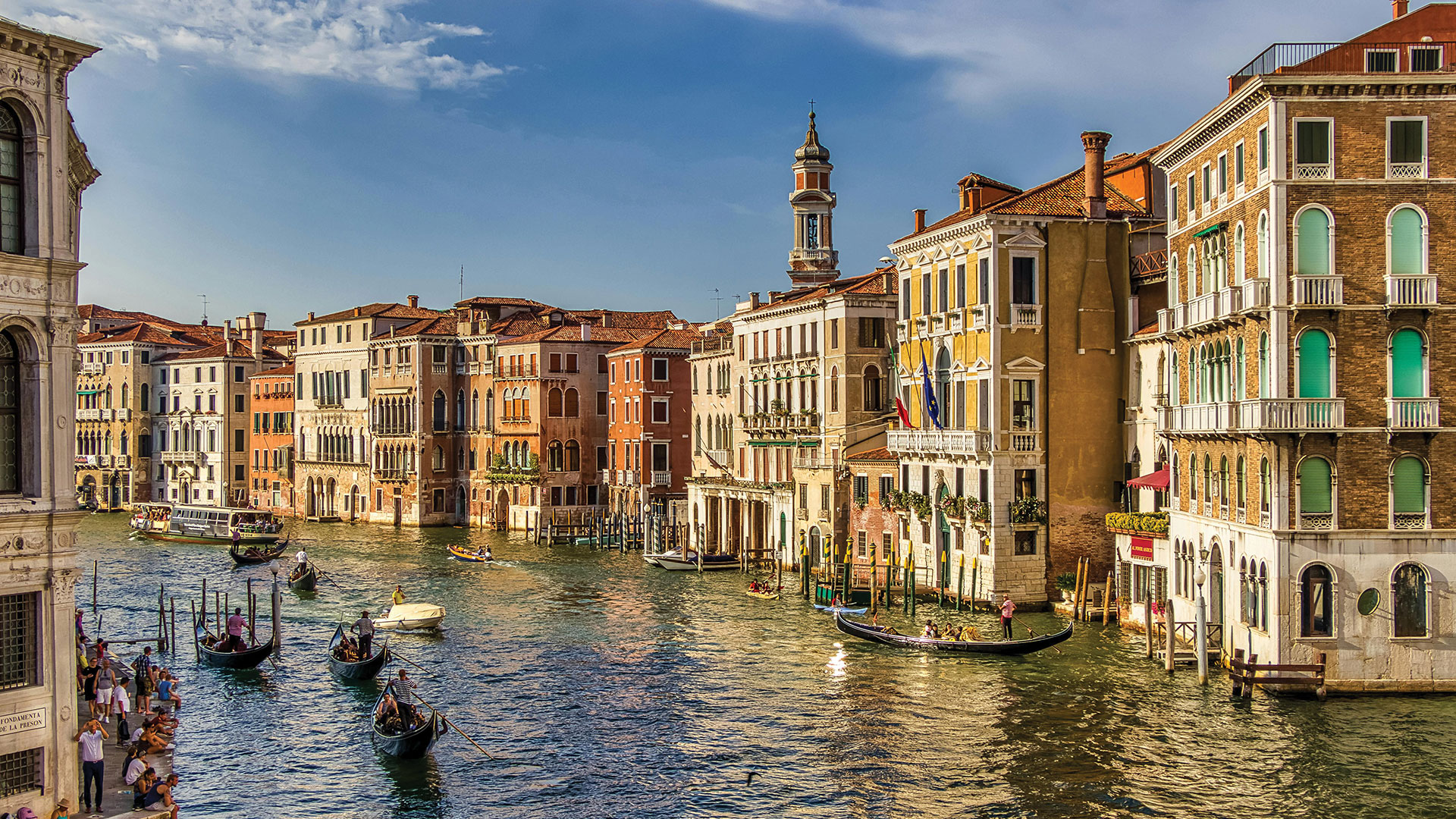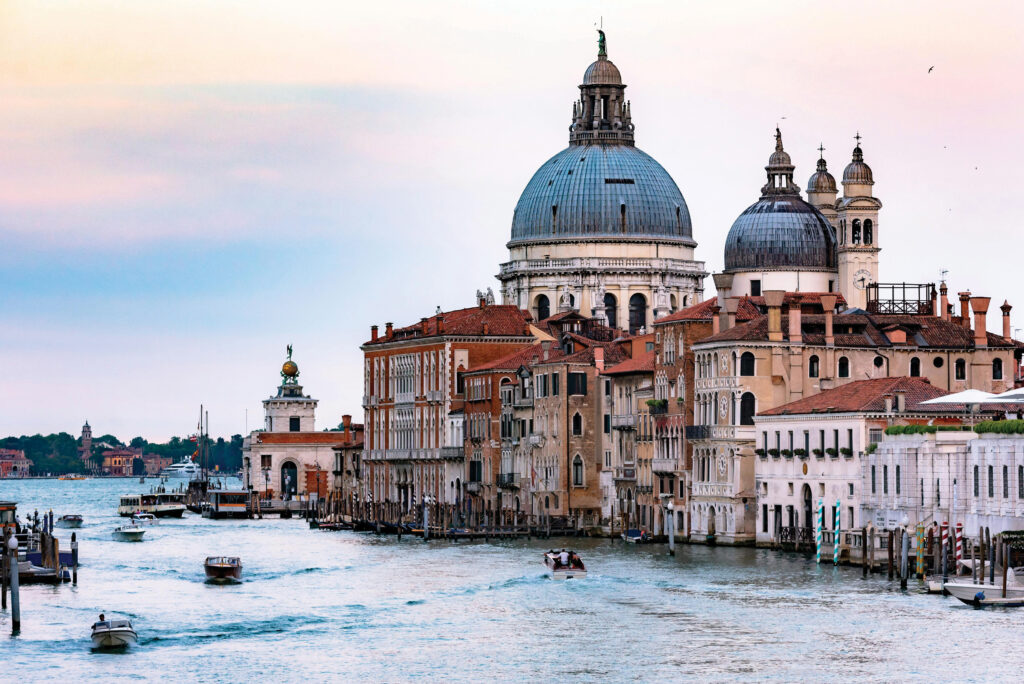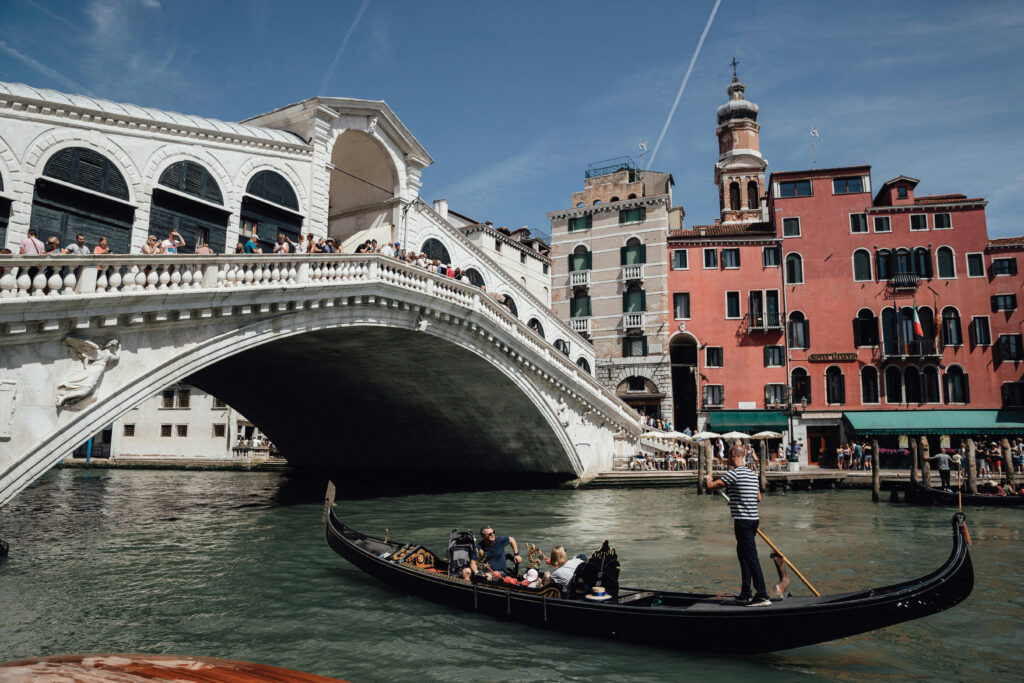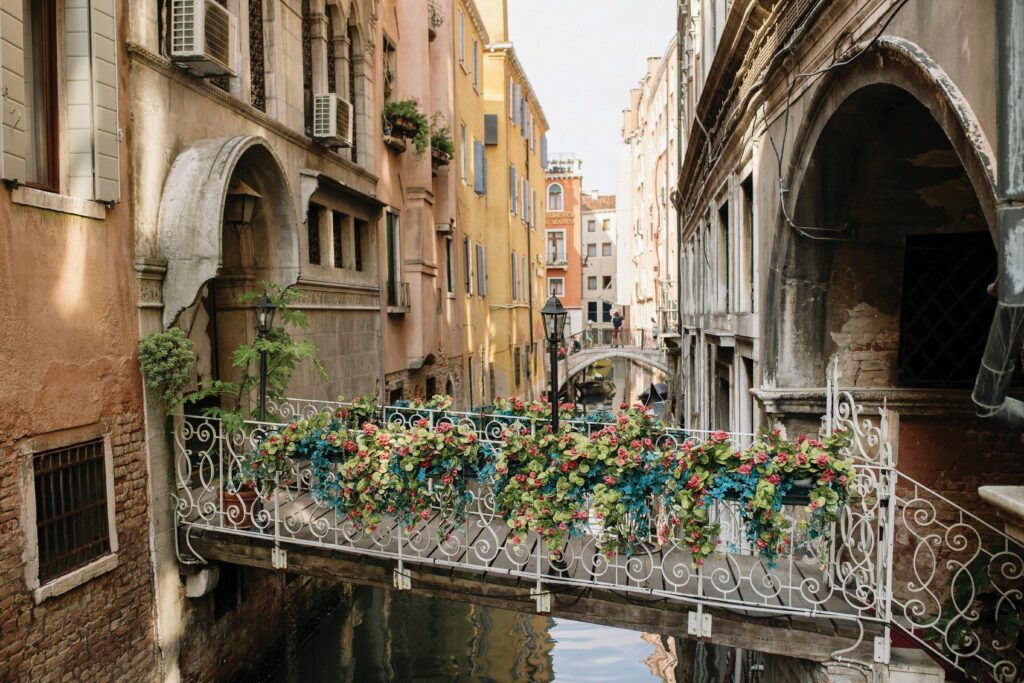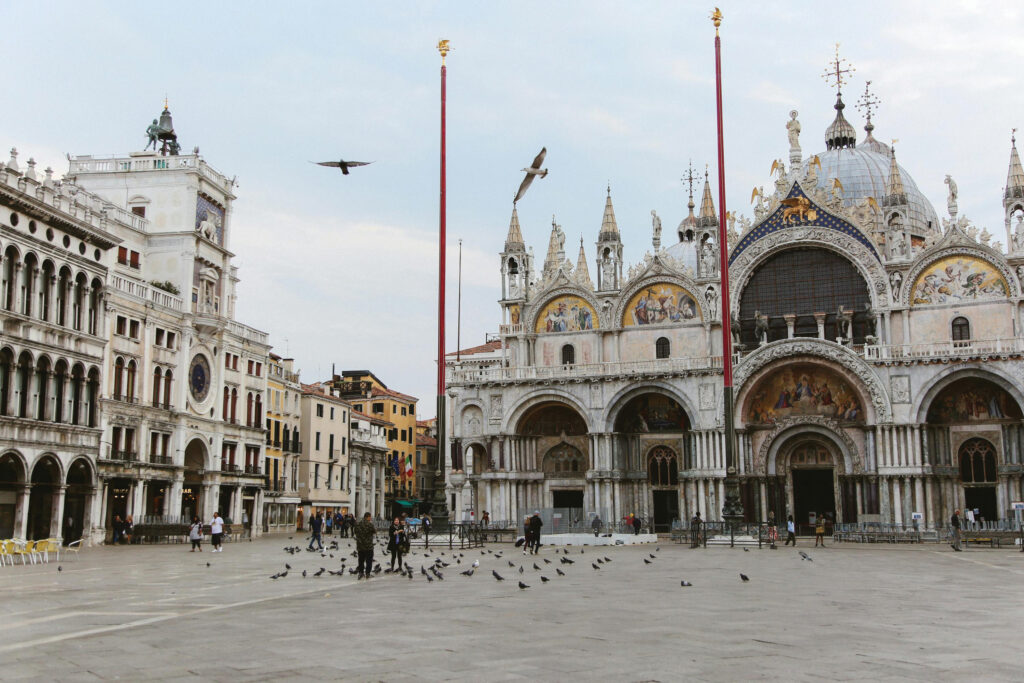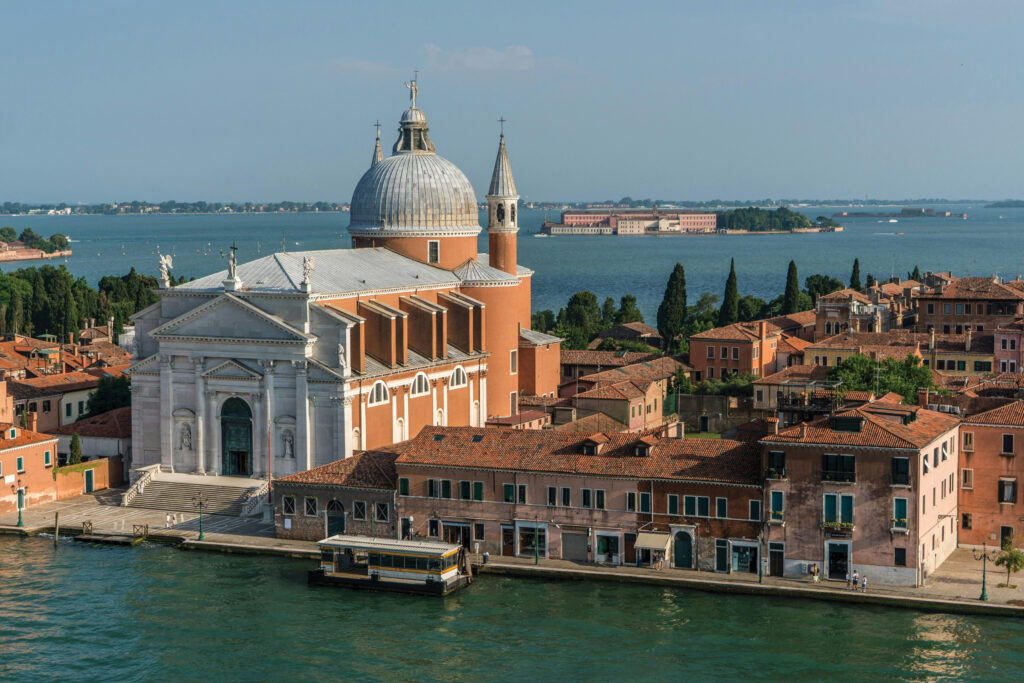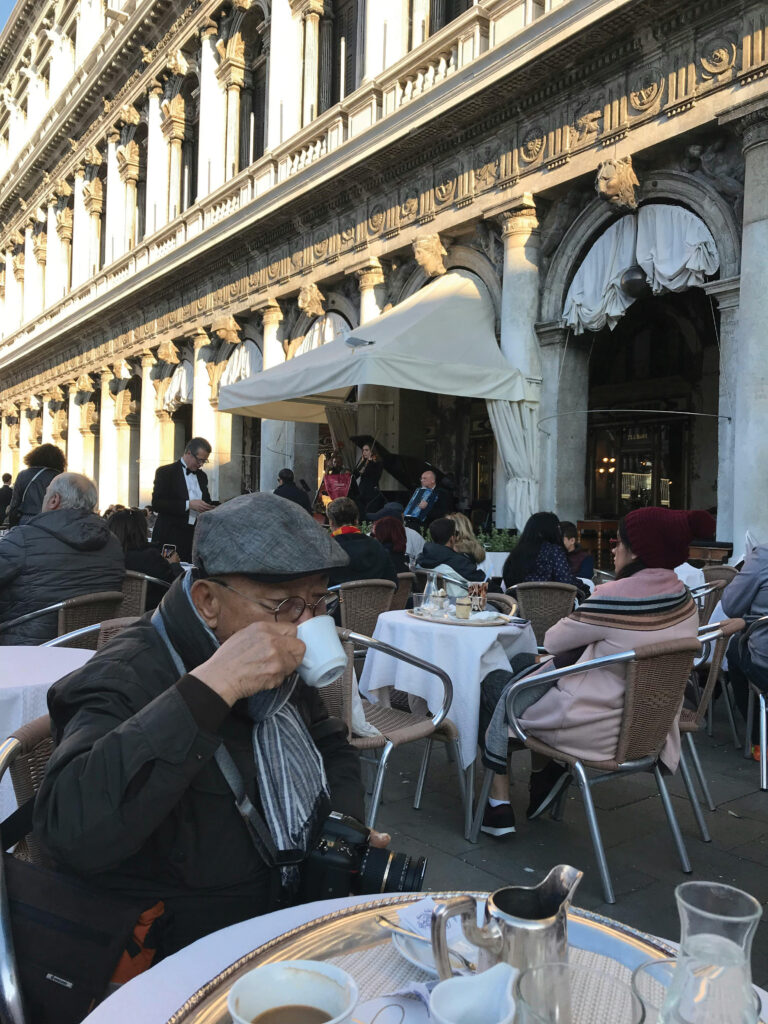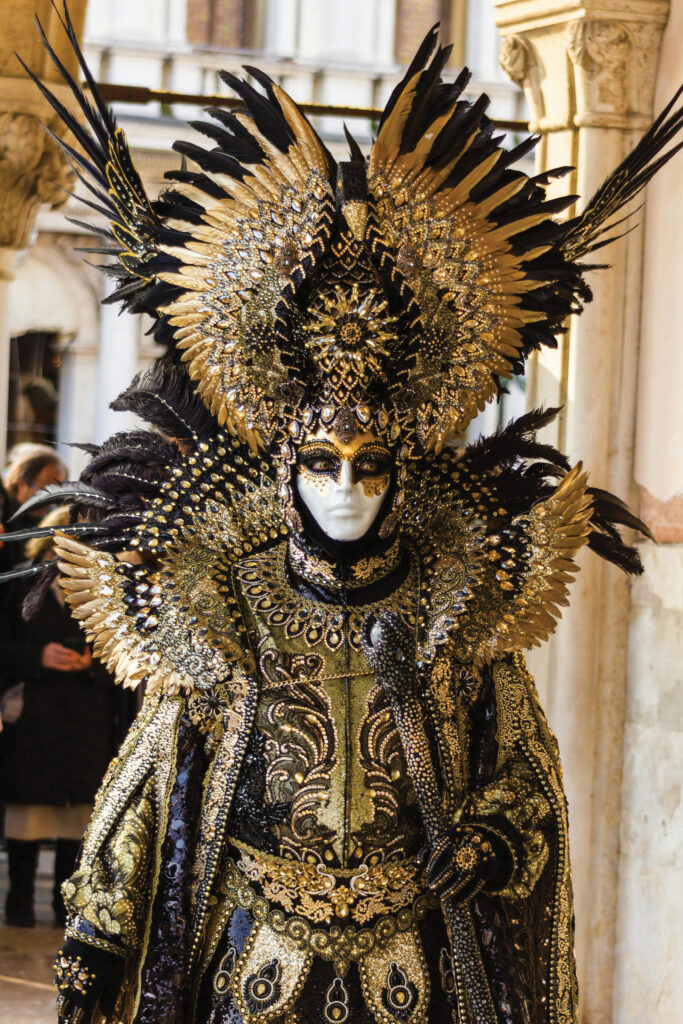Athens is known as the cradle of Western civilisation for good reason – full of classical, marble-pillared edifices to the foremost minds of ancient Greece, it is a place of importance and influence that lingers into the modern day. Here, ancient ruins form the magnificent backdrop to teeming markets, cafés and tavernas, a melting pot of cultures in a city that gained fame as a centre of art and literature, commerce and industry, and above all, philosophy and oratory. The ideas originating out of Athens, which spawned great thinkers thousands of years ago, are still discussed, debated and pored over today. Ultimately, this is a city like no other.
Acropolis wow
The world-famous Acropolis is one of the most iconic monuments in the whole of Greece as well as Europe, and perhaps the wider world. Open all year round, this jewel is quite simply a must-visit for its cultural significance and its broader architectural importance. Despite the wider urban sprawl, the temples on the ‘Sacred Rock’ of Athens still command an imposing presence, especially at night or viewed from the right angle – such as driving east on the so-called Sacred Way, otherwise known as Iera Odos, from Eleusis to Athens. Marvelling at its immense rocky bulk from Plaka – an old quarter clustering at the foot of the Acropolis, which itself is steeped with archaeological sites both large and small – is also awe-inspiring.
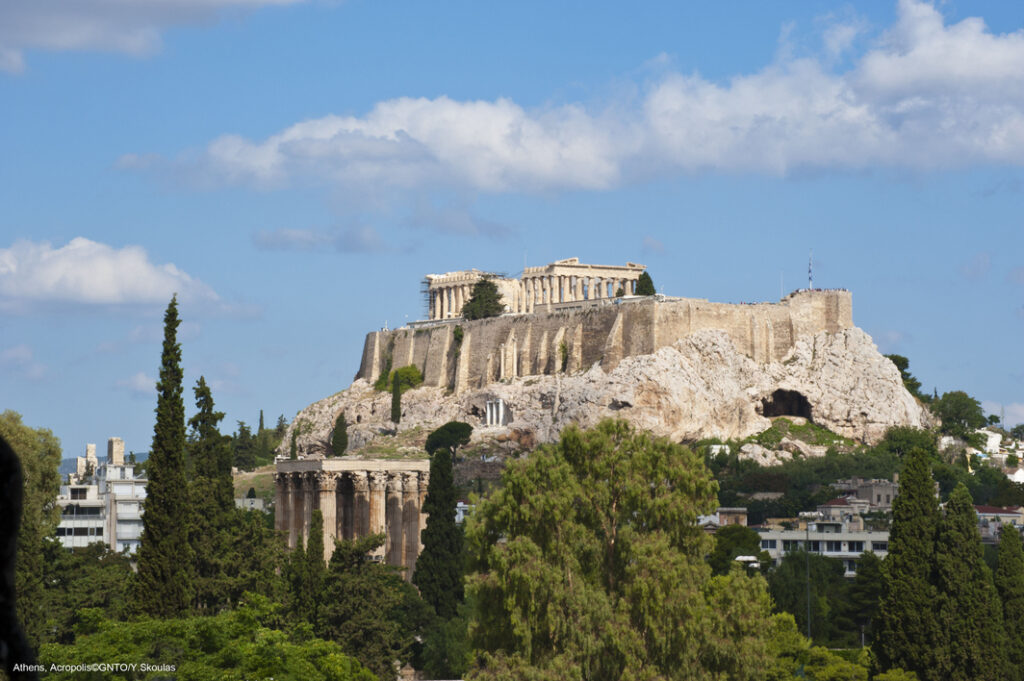
The most recognisable of the monumental structures is the Parthenon, whose decorative sculptures are considered by many as the epitome of ancient Greek classical art. Historically, it was presented as a magnificent ‘Temple to the Virgin’ in 438 BC, namely the goddess Athena, who was represented by a giant gold and ivory sculpture. The temple took nine years to complete and over the years has served as a church, a mosque and even an arsenal.
A portion of the Parthenon frieze, a stretch of sculpted figures that ran around the inner wall, now resides in the British Museum. These are known as the Elgin Marbles in reference to Lord Elgin who had negotiated a permit from sultan of the Ottoman Empire to remove “some blocks of stone with inscriptions and figures” in 1801; the exact terms of this deal remain a source of contention between the governments of Greece and the UK.
Ancient wonder
Sculptures left behind by Elgin are housed in the Acropolis Museum, situated below the Parthenon near the Akropoli metro station. Amazing authentic fragments are mounted at eye level in the museum, while the rest is a plaster cast awaiting a possible future – and campaigned-for – return to their original site. They are all displayed in the order in which they would have graced the Parthenon.
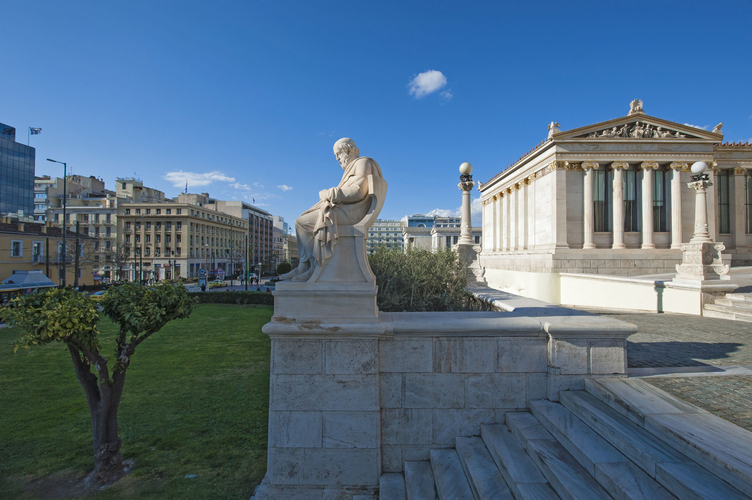
Containing a slew of treasures found in and around the Acropolis, this glittering all-glass museum offers great insight into the daily life of ancient Athens. The building harnesses natural light for the best presentation of these relics, and its glass floor allows visitors to gaze down at the site of an early Christian settlement. Marvel at the Peplos Kore, an Archaic votive statue retaining exquisite and intricate detail such as traces of paint visible on her eyes, lips and curly hair. Then delight in the form of another Archaic sculpture dating back to 570 BC – a bearded man carrying a calf as a sacrificial offering for Athena.
Theatre under the stars
Cut into the southern cliff face of the Acropolis is the enduring cultural legacy of the Theatre of Dionysus. Some 17,000 Athenians would amass on its tiered stone steps, entranced by dramatists like Aristophanes, Menander, Sophocles, Aeschylus and Euripides. The Odeon of Herodes Atticus, an immensely tall late addition to the Acropolis, often served as a venue for the enactment of ancient Greek tragedies. It now plays host to modern-day singers, dancers and actors during the glorious moonlit performances of the Athens Epidaurus Festival.
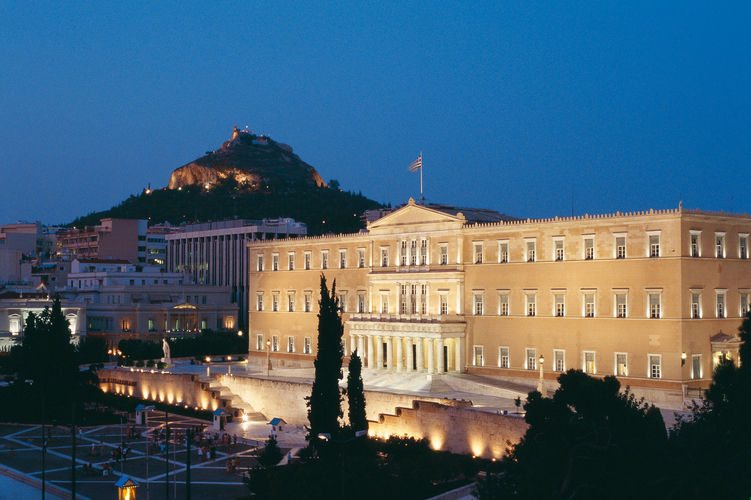
Below the Acropolis is another amazing heartbeat of the ancient world, the Agora, where the likes of Socrates, Aristotle and Paul the Apostle once held court. This marketplace with its council buildings, law courts and thronging streets formed the political focal point of ancient Athens from 600 BC, and some academics suggest it was where democracy breathed into life. An interesting historical nugget is that speeches made at the Agora were strictly timed using a water clock called a clepsydra.
The complex also contains the Stoa of Attalos, a world-class museum within a magnificent two-storey structure that was built by King Attalus of Pergamon between 159 and 138 BC, and reconstructed by the American School of Classical Studies at Athens in the 1950s.
Sculpted splendour
Also well worth a visit is the National Archaeological Museum, considered one of the finest museums anywhere and packed full of great works spanning the Neolithic and Bronze Ages right up to the Roman era. Its Bronze collection boasts a breathtaking 460 BC sculpture of either Poseidon or Zeus, while its Hellenistic statuary exhibits the vigorous movement and sensuality characteristic of sculptures in this period.
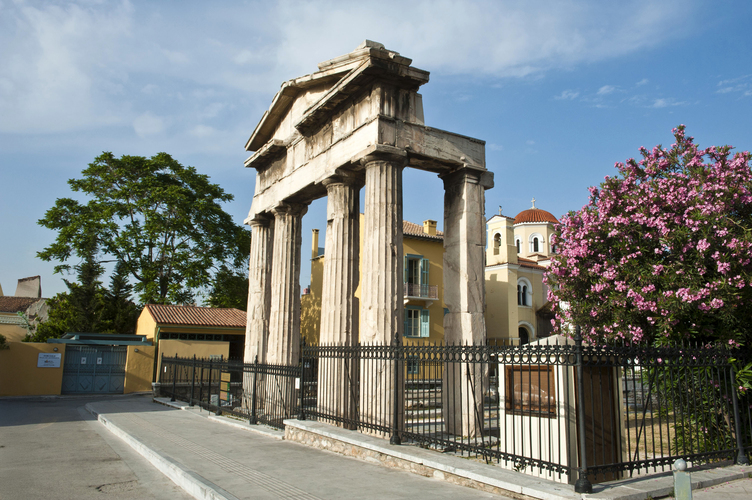
Some of the works housed in the Museum of Cycladic Art – such as the early Bronze Age female marble statuettes – have inspired the artists of today. Fantastic Greek art from Neolithic times to the modern day can be admired at the Benaki Museum of Greek Culture, where more than 6,000 objects are displayed over four floors. Meanwhile, the Byzantine and Christian Museum showcases some 25,000 exhibits, offering a unique insight into Greek heritage.
Located southeast of the Acropolis is ancient Greece’s most colossal temple. The Temple of Olympian Zeus was conceived circa 515 BC by the tyrant Peisistratos, yet political turmoil delayed its completion until AD 131 under Roman Emperor Hadrian. Sixteen magnificent columns survive from the original 104.
Turning back the clock
At the Roman Agora, which supplanted the Greek Agora as the commercial and administrative centre during Roman rule, a stream ran down from the Acropolis to operate a water clock known as the Tower of the Winds. This superb octagonal tower was masterminded by Syrian astronomer Andronikos Kyrrhestes in about 50 BC.
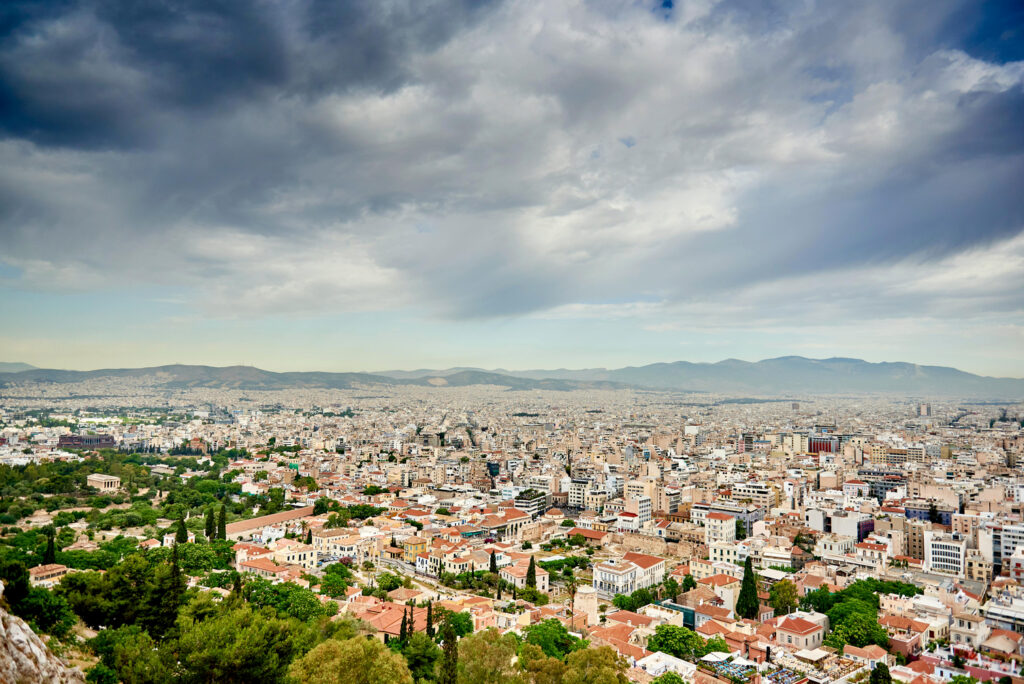
Remnants of the outer wall of ancient Athens can be seen at Kerameikos, providing a fascinating insight into life and death in this classical city. Used as a burial ground since the 12th century BC, this sacred place comprises a series of elaborate tombs, temples and roads, and even an ancient brothel.
Shop and graze
Moving onto modern attractions rooted in history, one of the liveliest and most colourful areas in Athens is Monastiraki. Located against the wondrous backdrop of the Acropolis, its bustling maze of alleys and pedestrianised streets encompass the remains of the aforementioned Greek and Roman agora and are brimming with shops, clubs, bars and taverns. A thriving area day and night, the Monastiraki neighbourhood take its name from the restored church in the centre of its lively square.
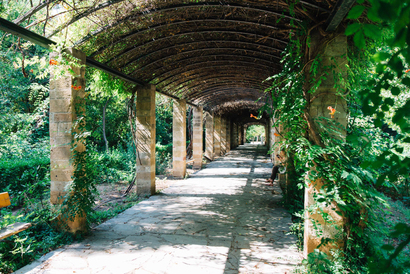
Perhaps Athens’ most popular shopping thoroughfare is Ermou Street, which starts from the west side of Syntagma Square and leads to Monastiraki. Lined with designer boutiques, coffee shops and department stores, it guides visitors down to a funky flea market where a row of souvenir shops awaits.
Edible art
Blessed with a wide range of Mediterranean influences, the culinary delights of Greece exhibit diverse flavours. Athens offers a great range of restaurants serving favourites from moussaka to grilled seafood to souvlaki (chicken, pork or lamb spit-roasted for hours) on a bed of vegetables. Varvakios Agora (Central Market) affords the ideal opportunity to sample some of the local Greek cuisine.
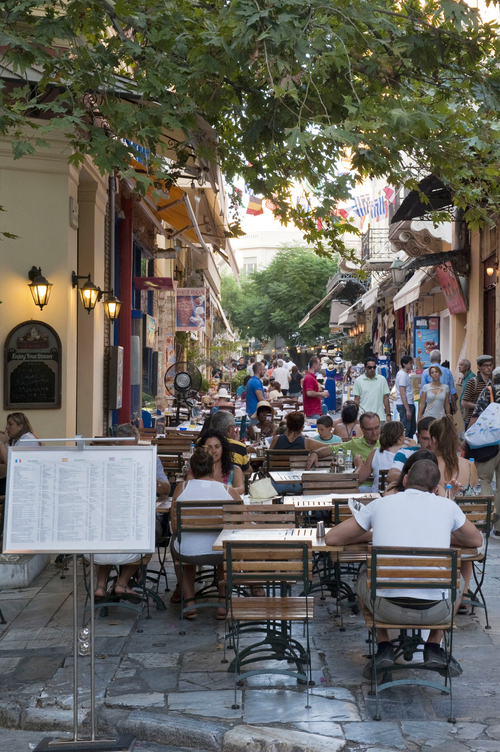
Spondi is considered one of Athens’ most sophisticated restaurants. Its exquisitely prepared haute cuisine may include signatures like crab with turnip, honey, tarragon and passiflora, and venison in Sarawak pepper crust.



